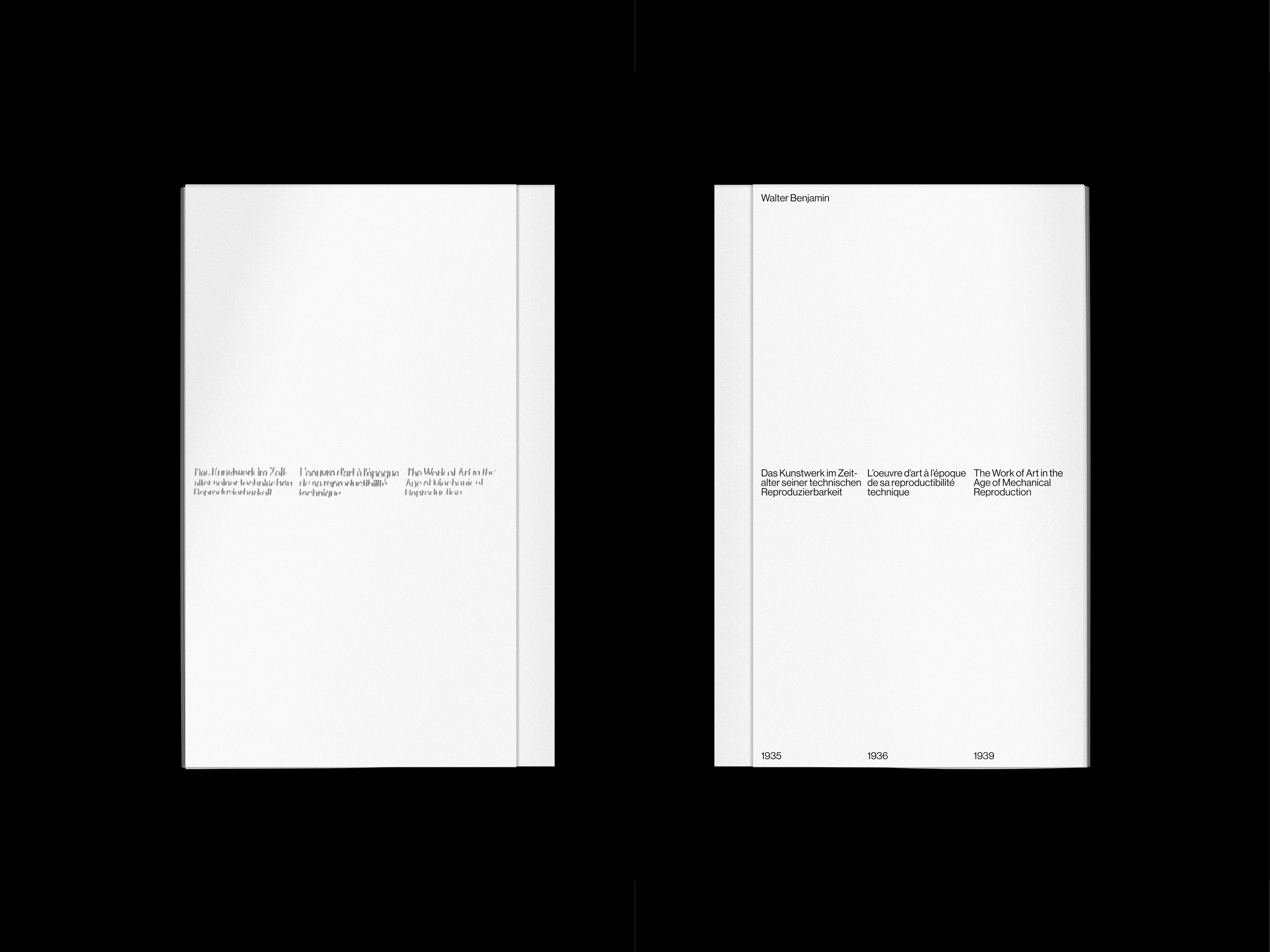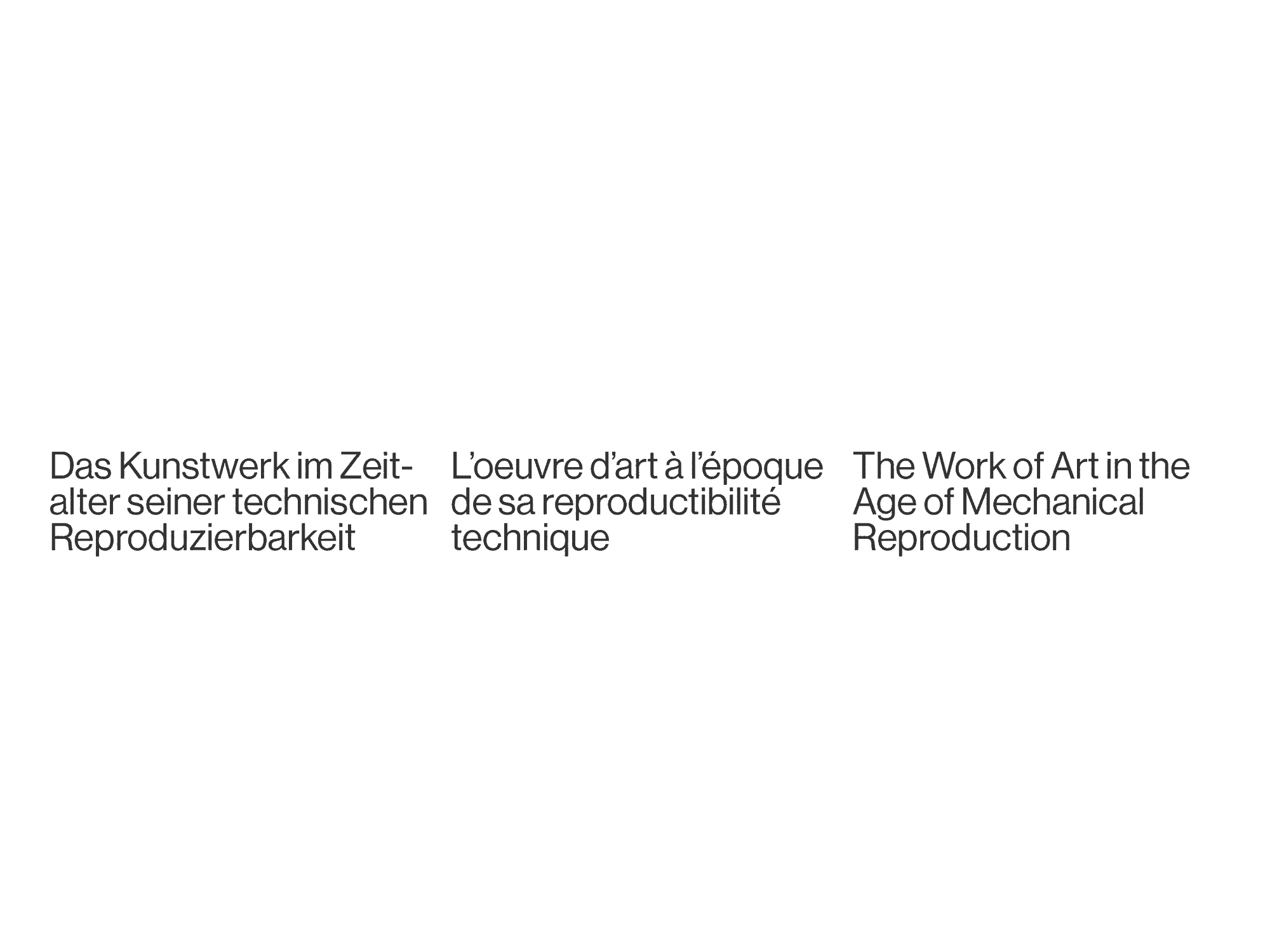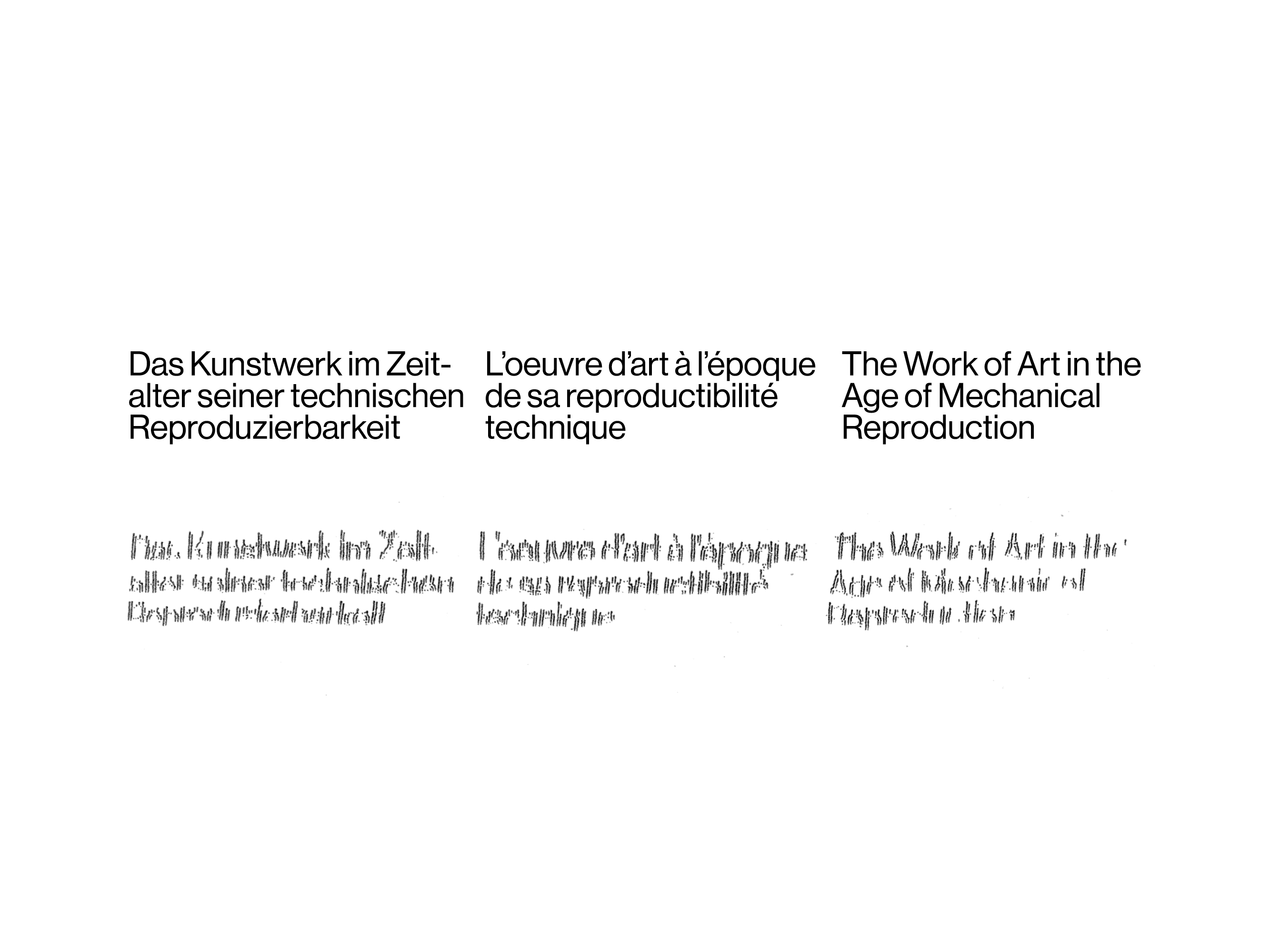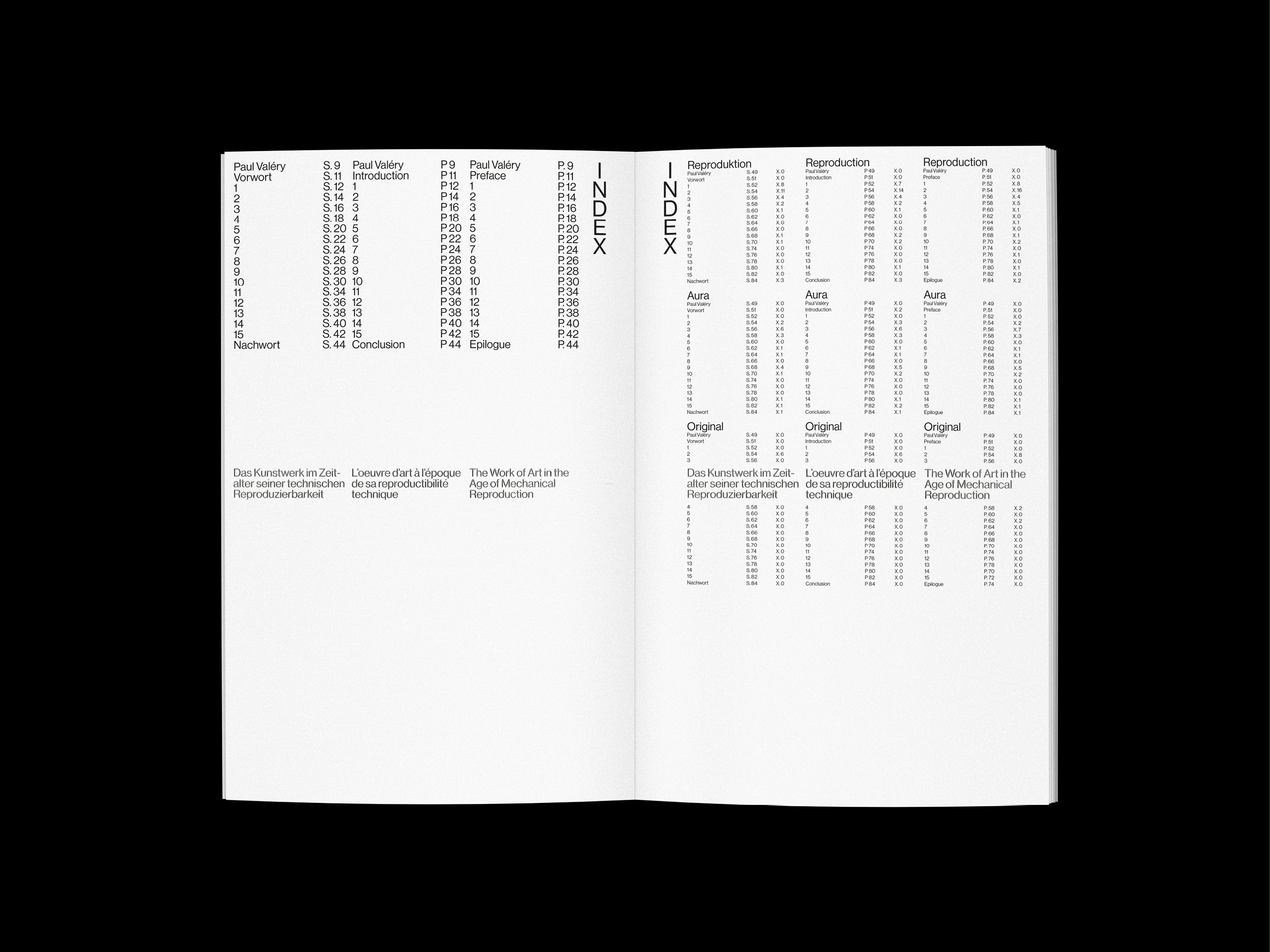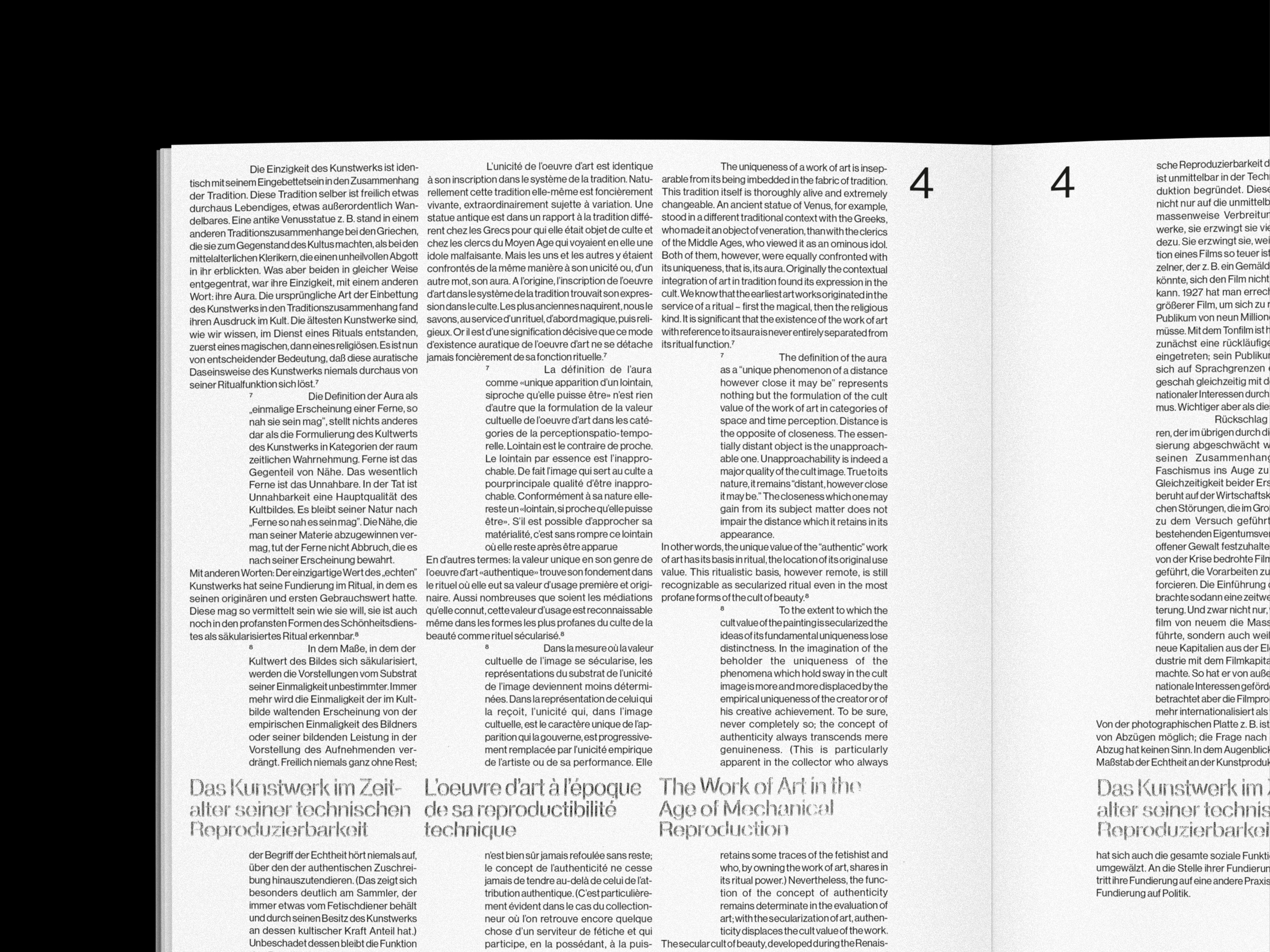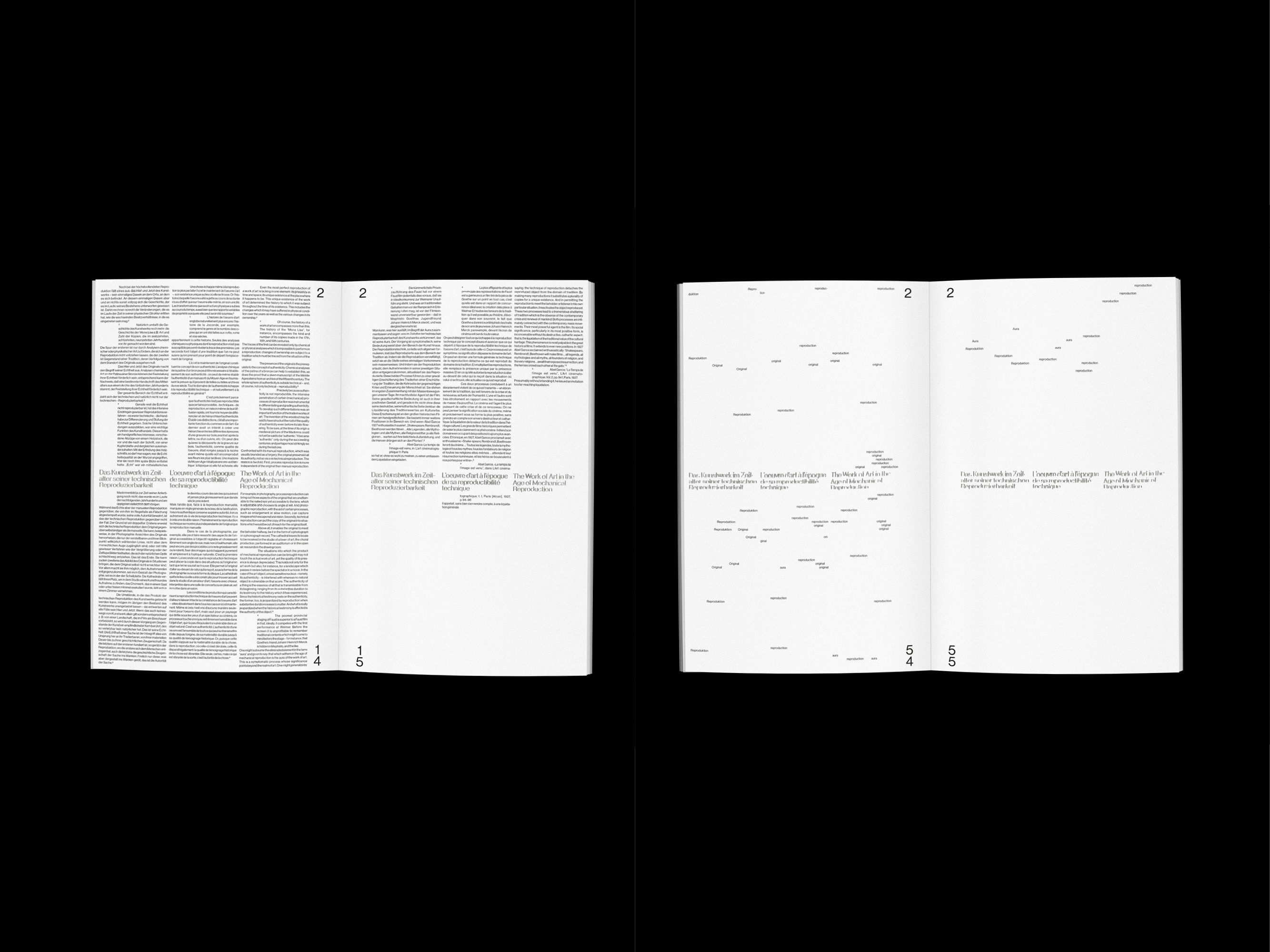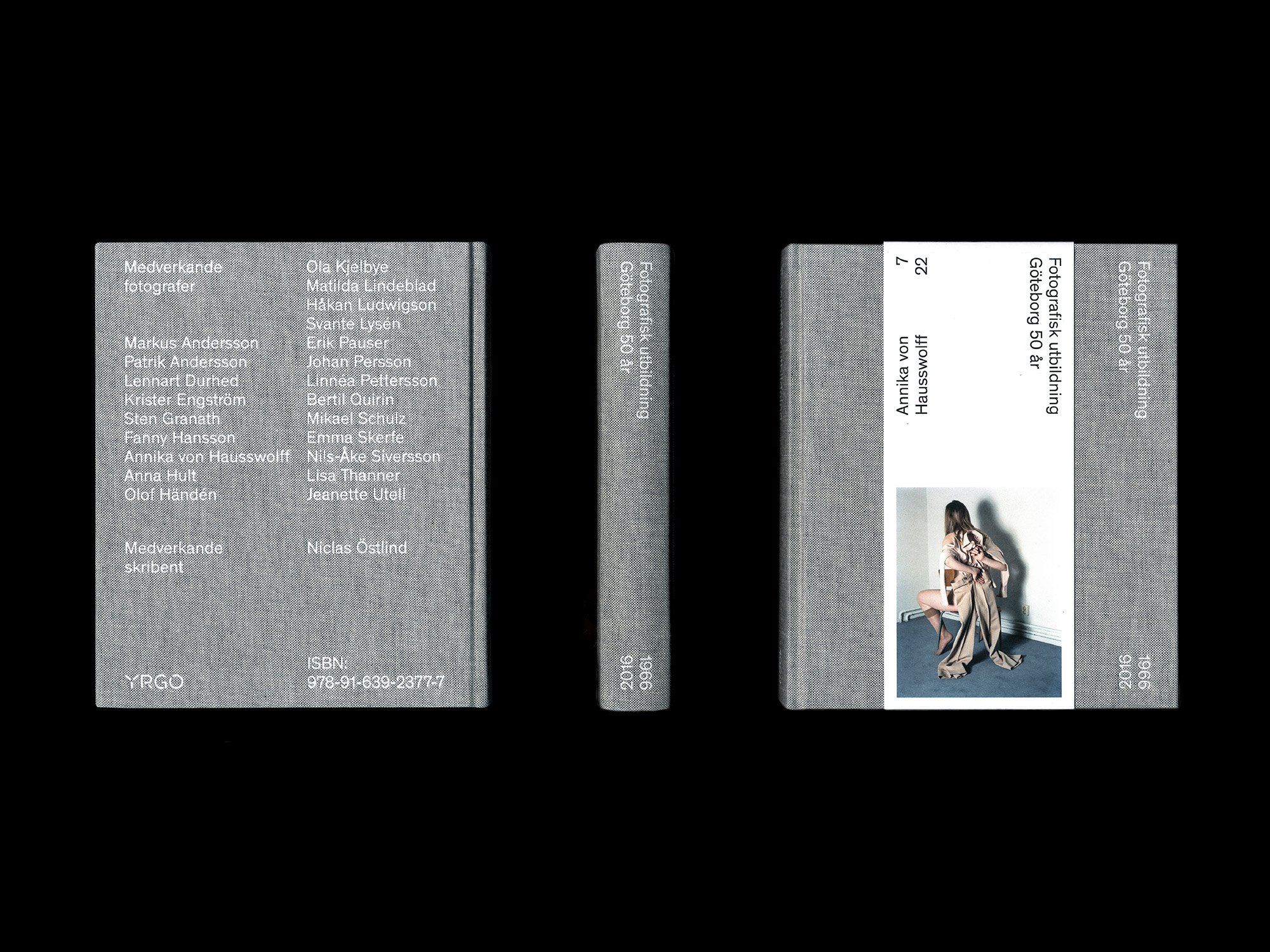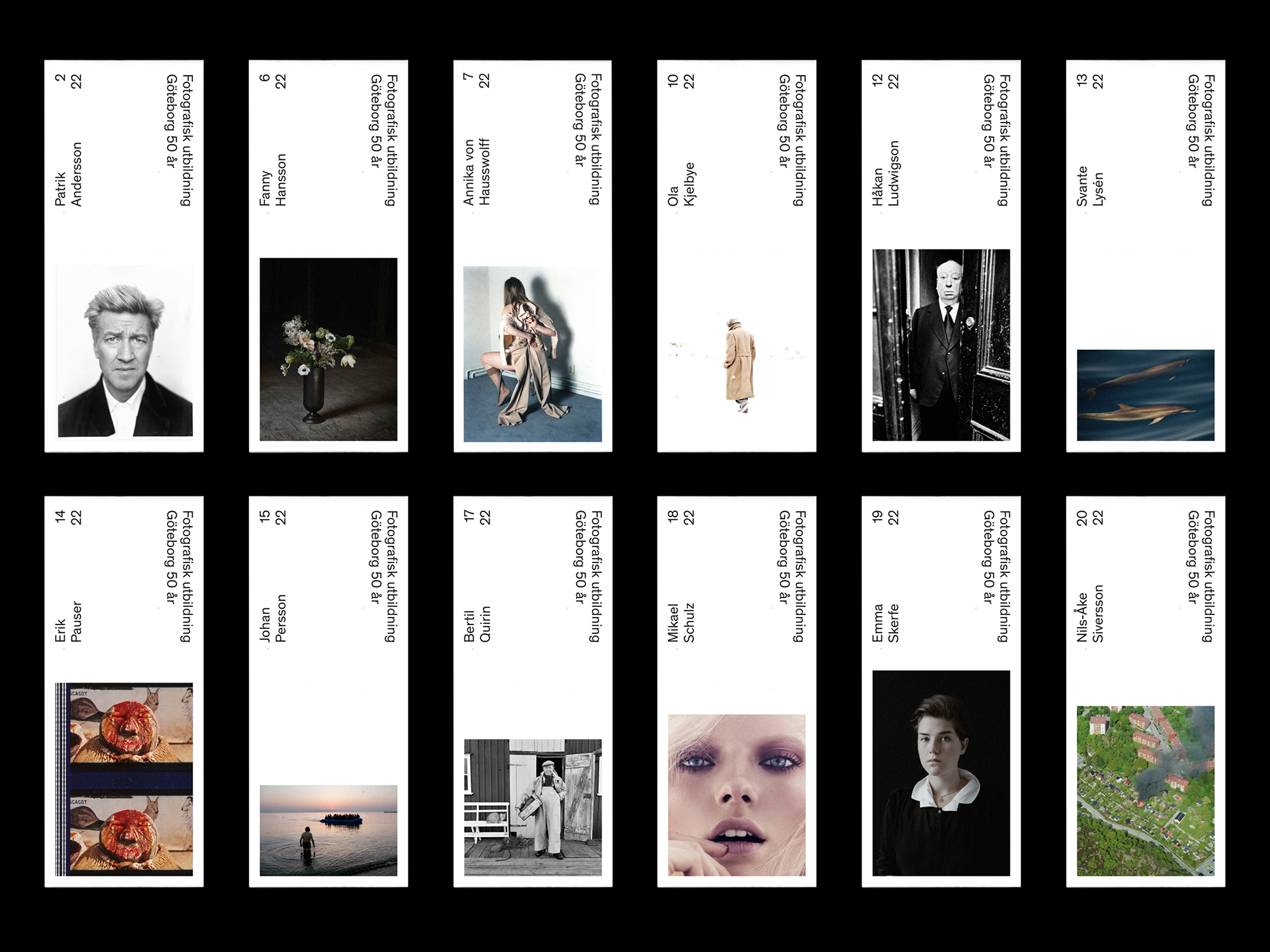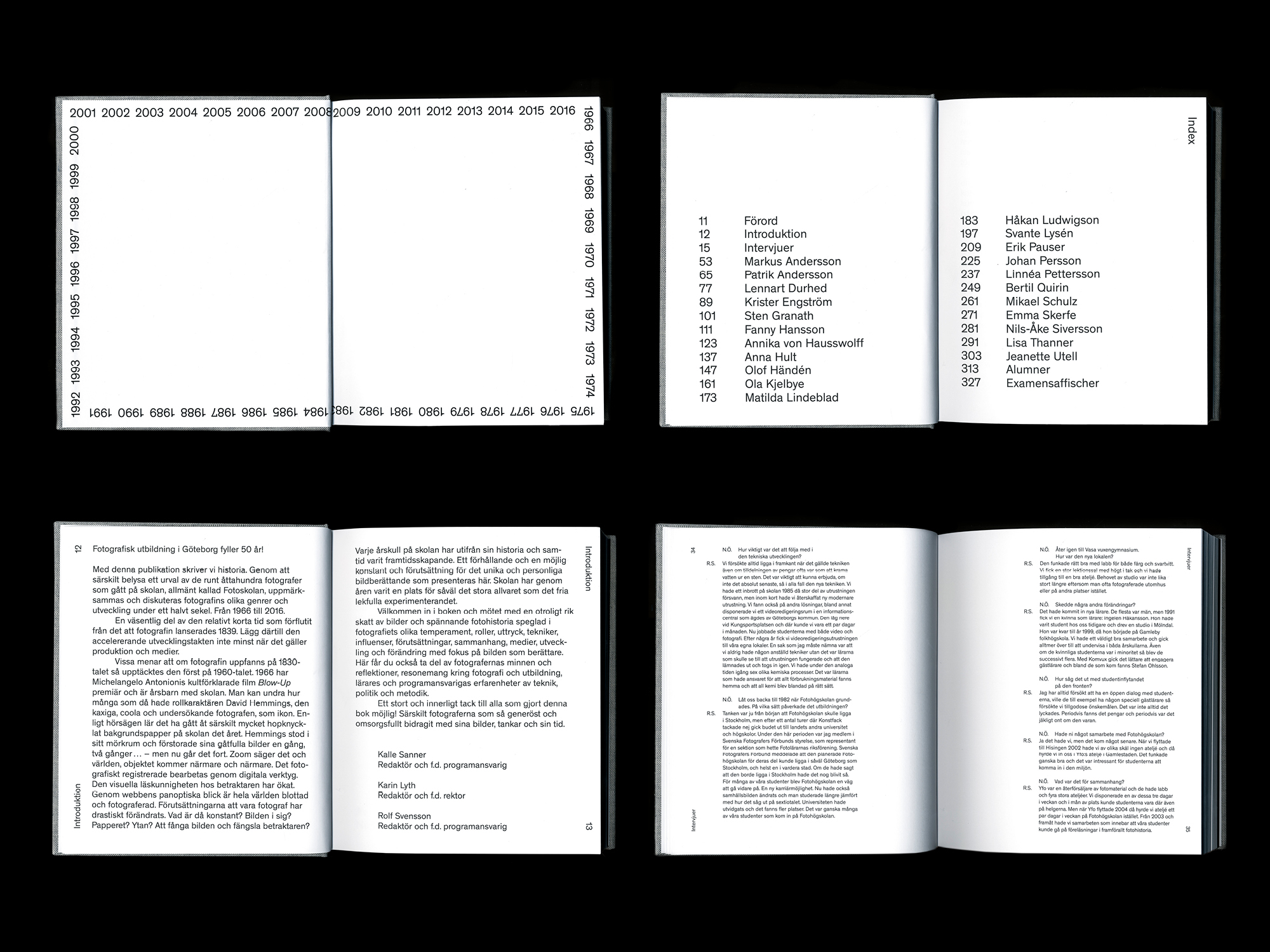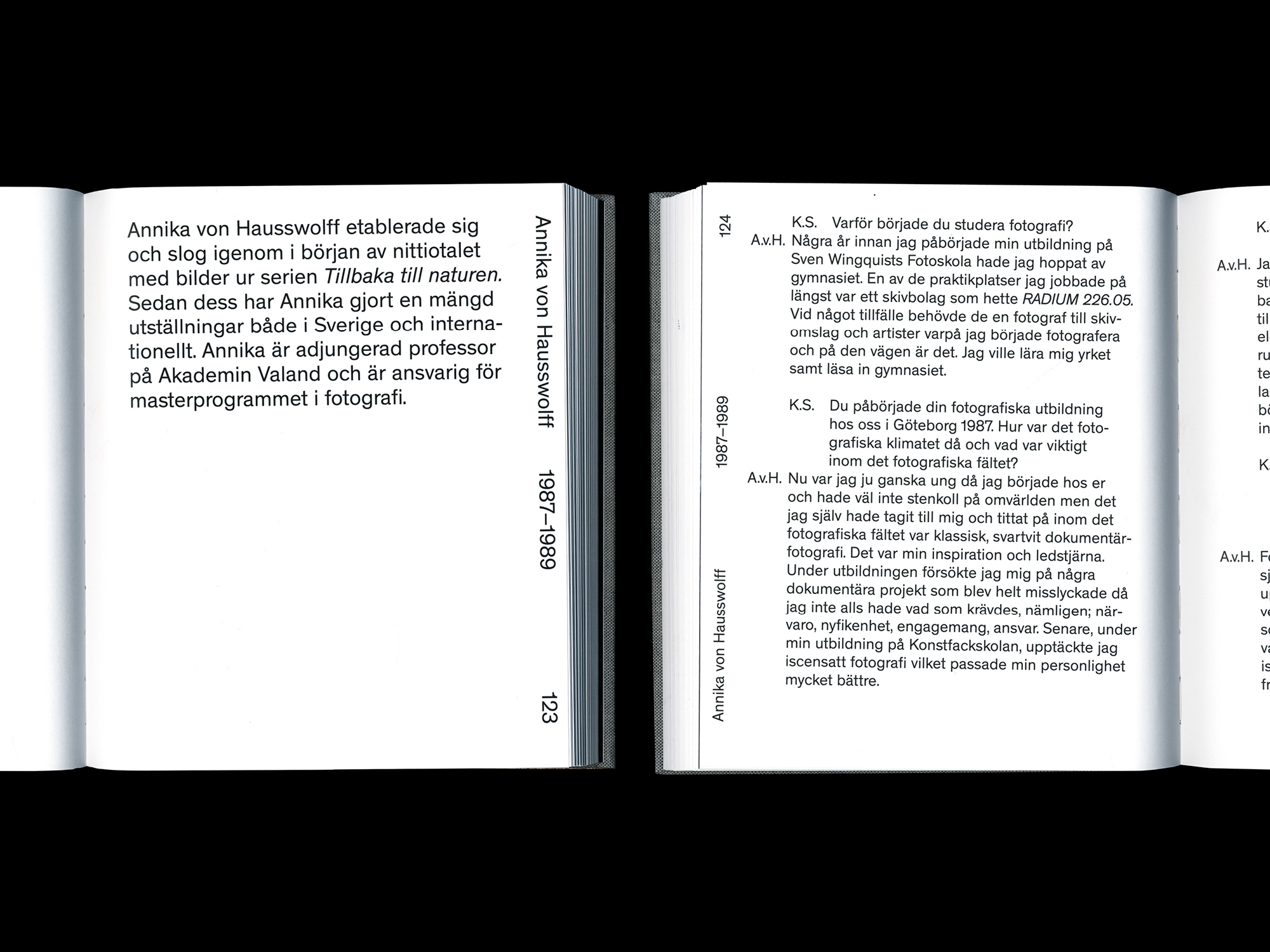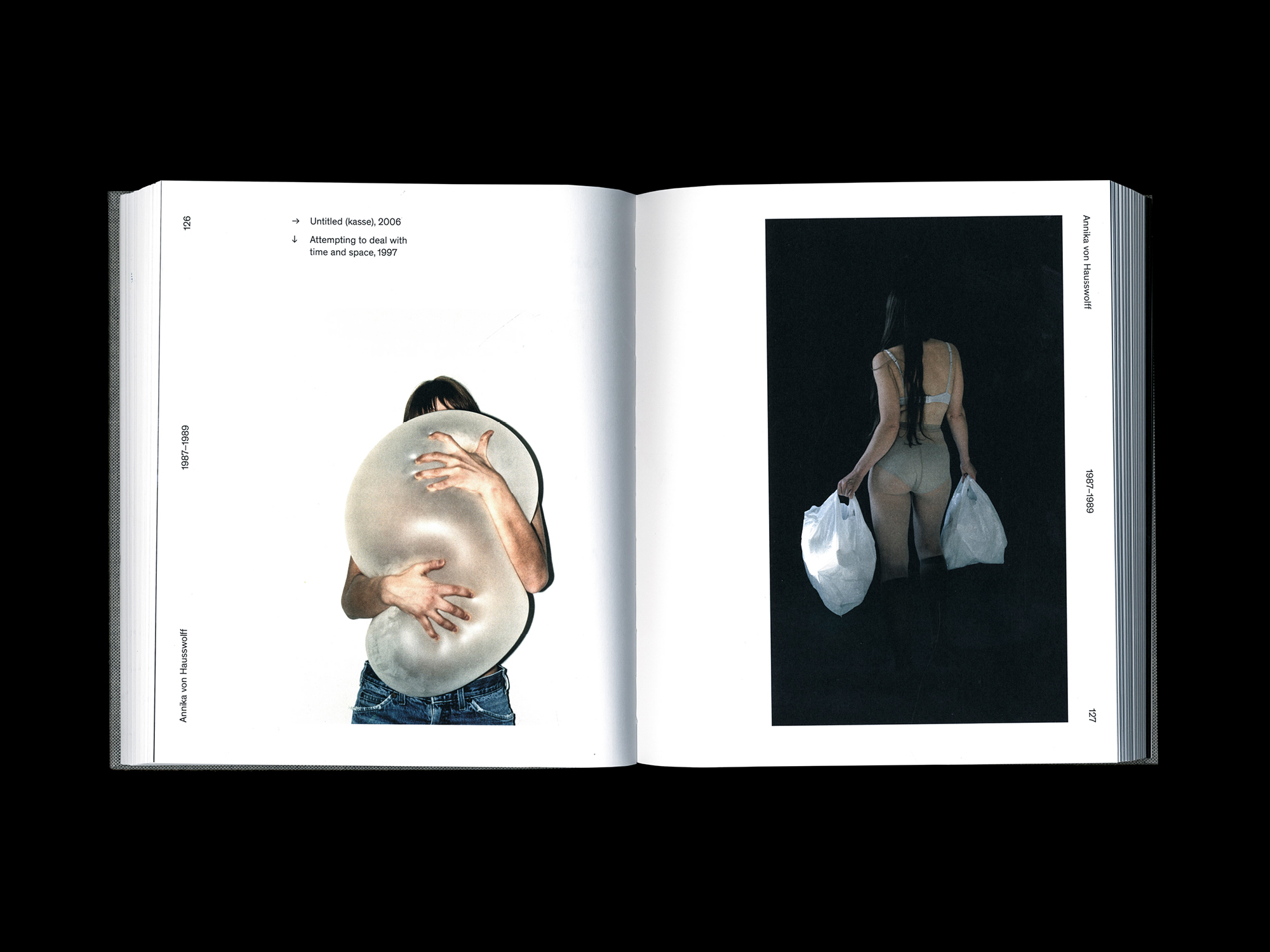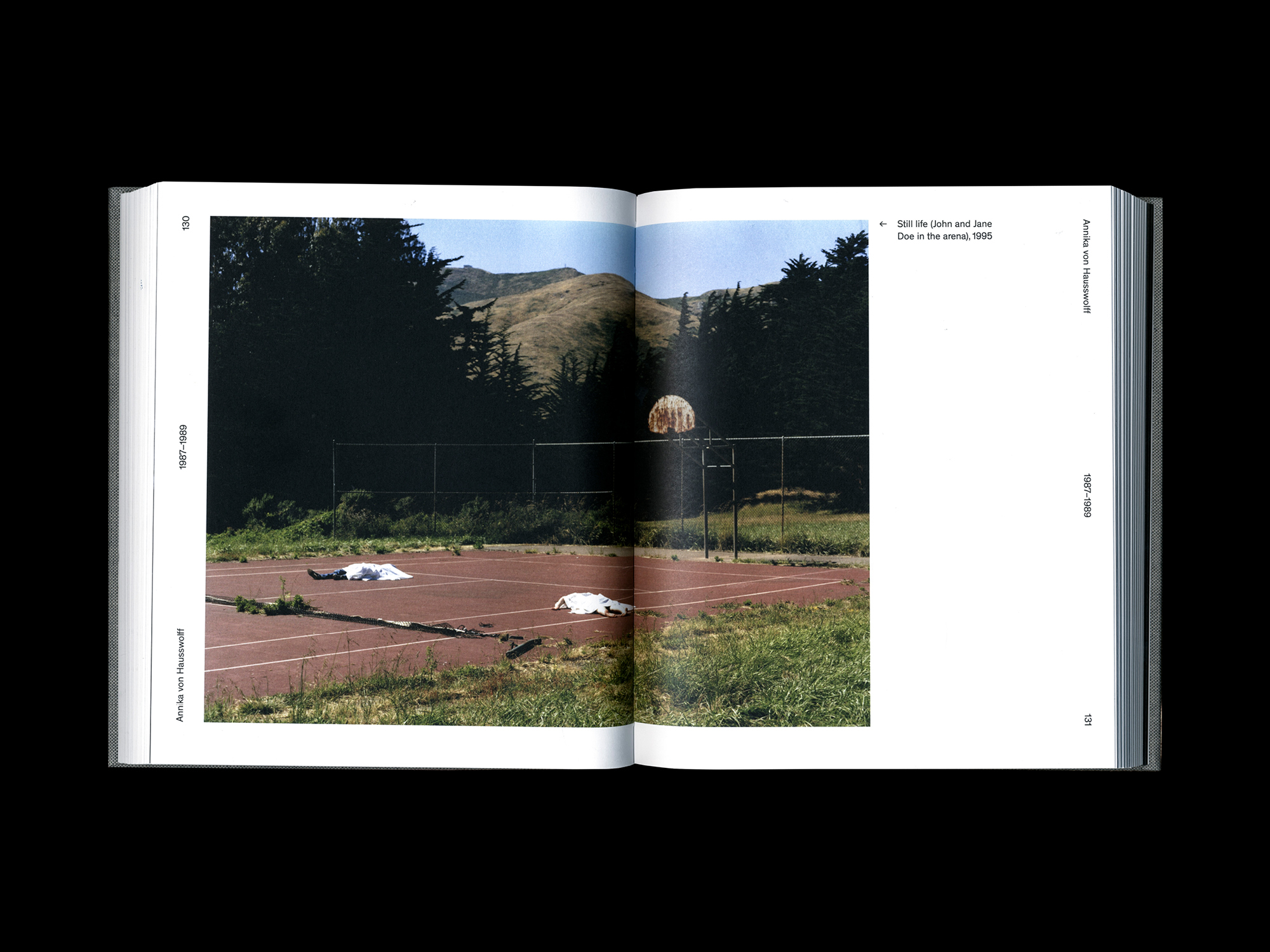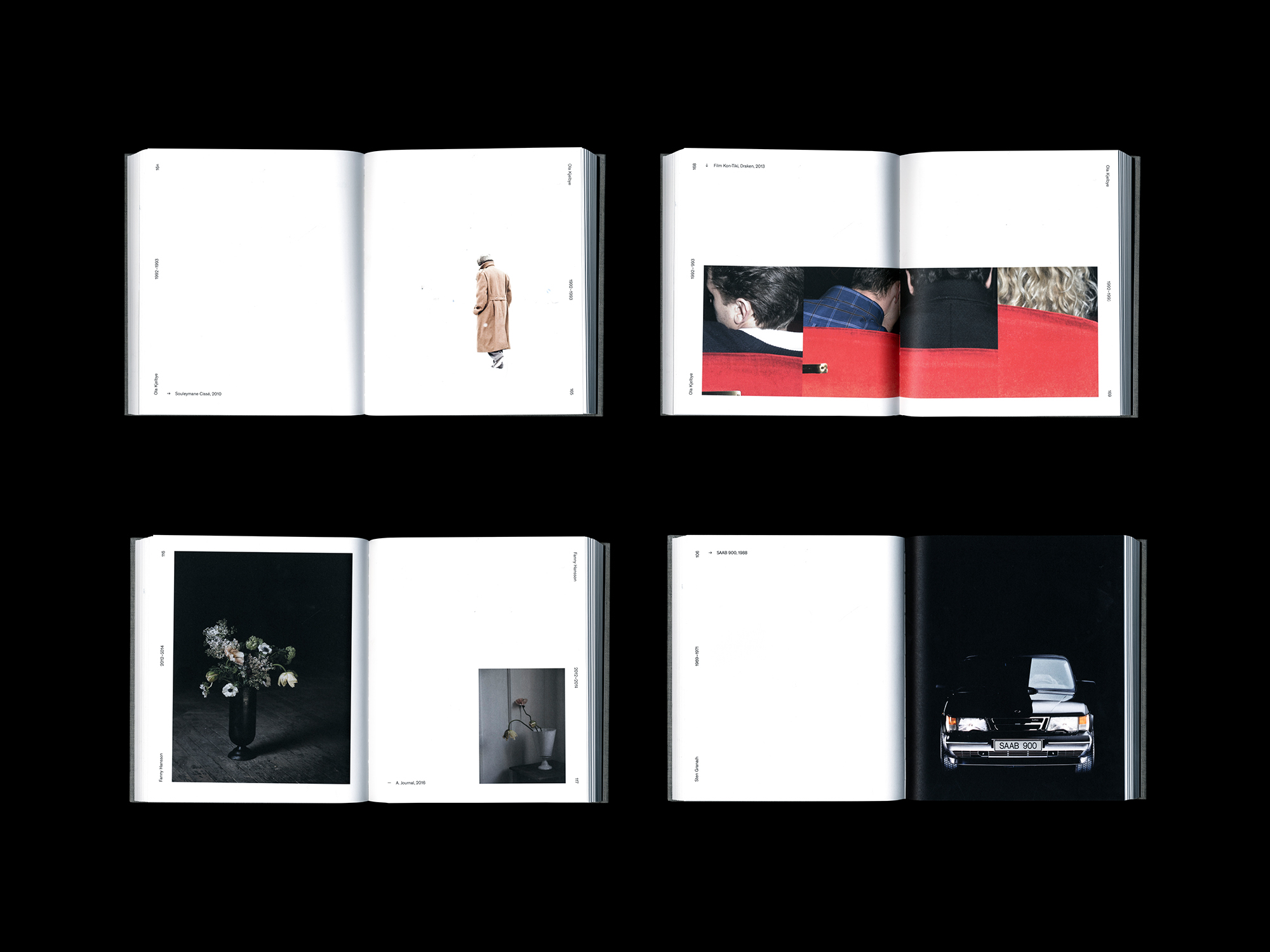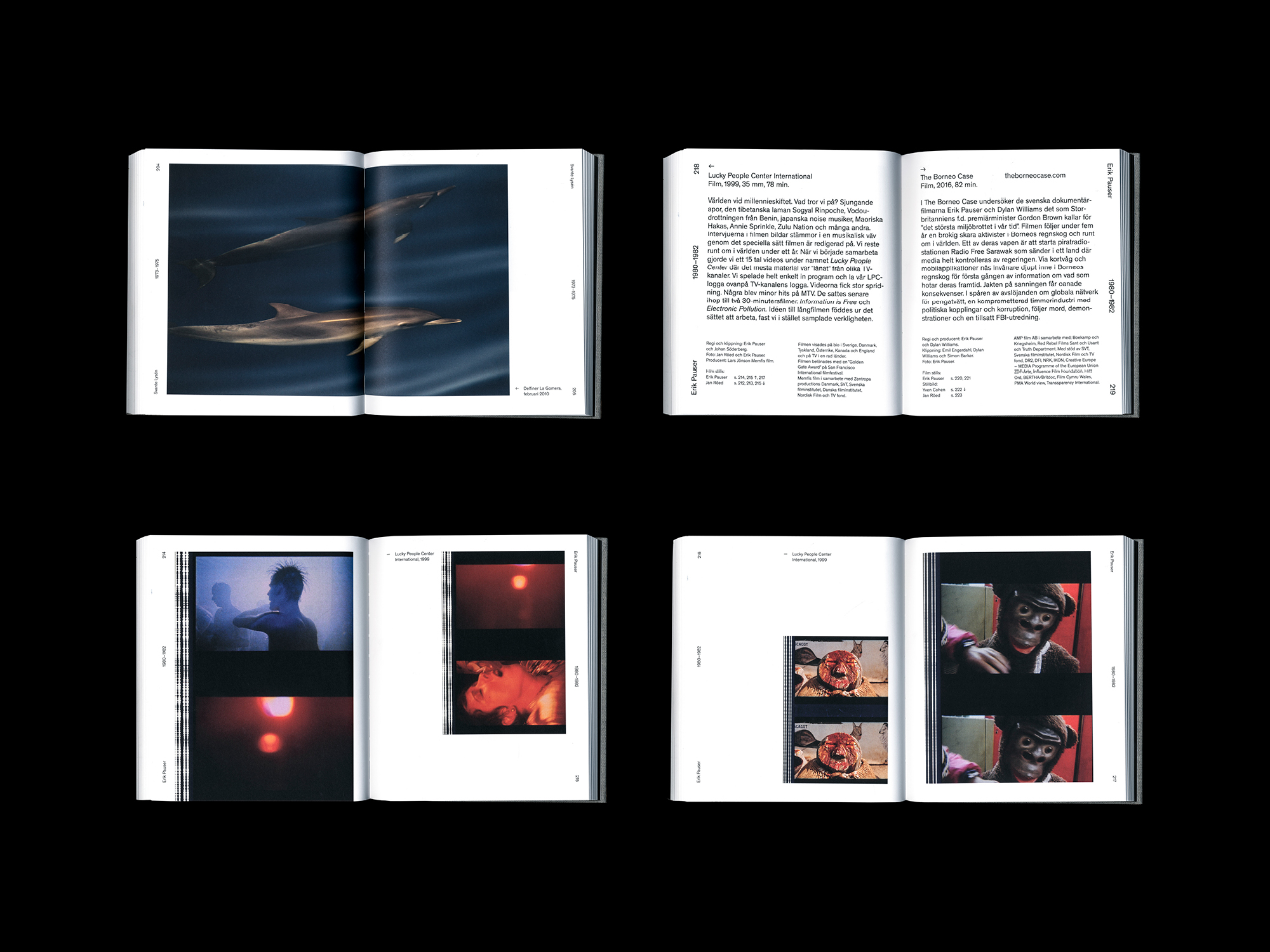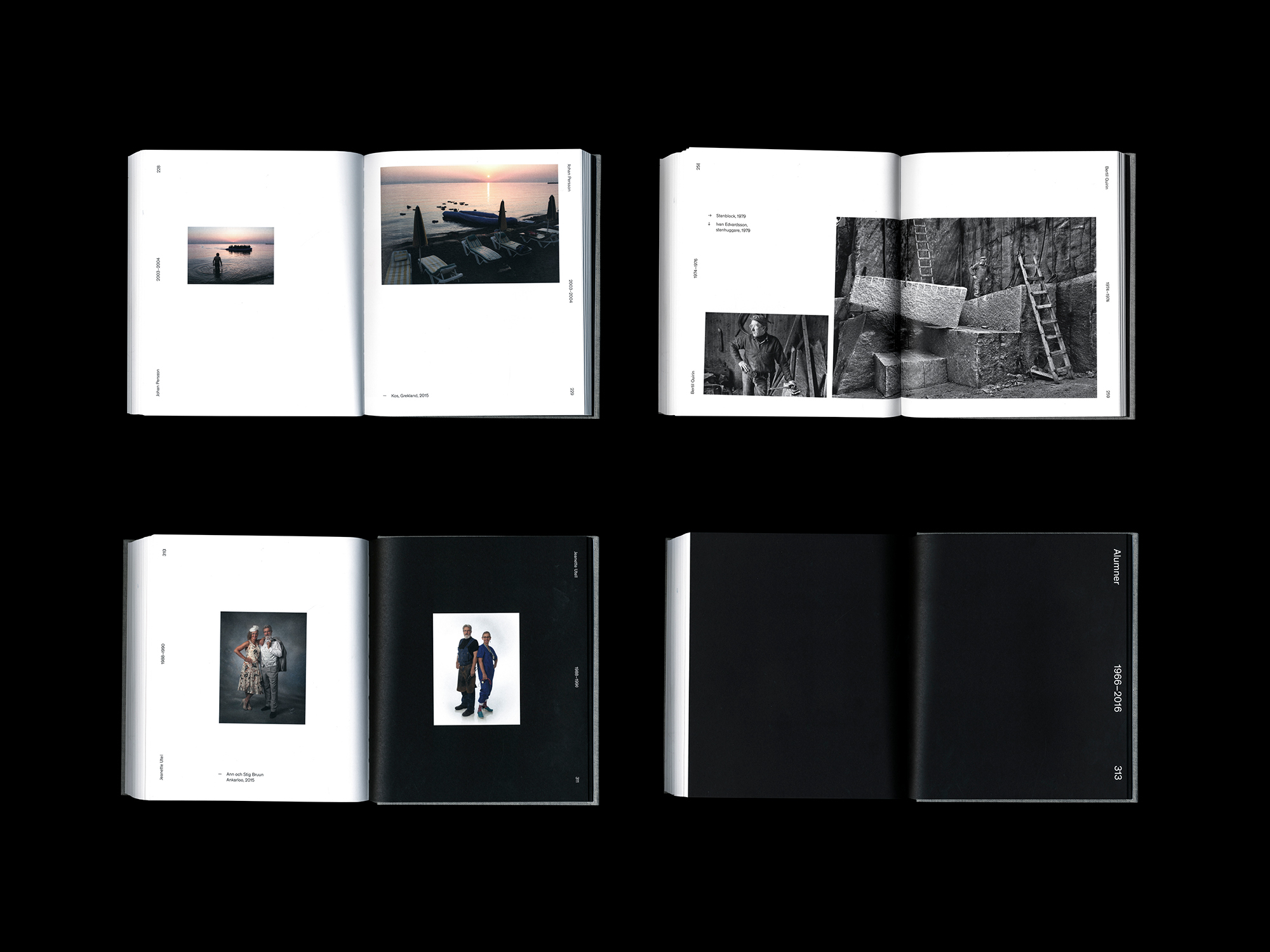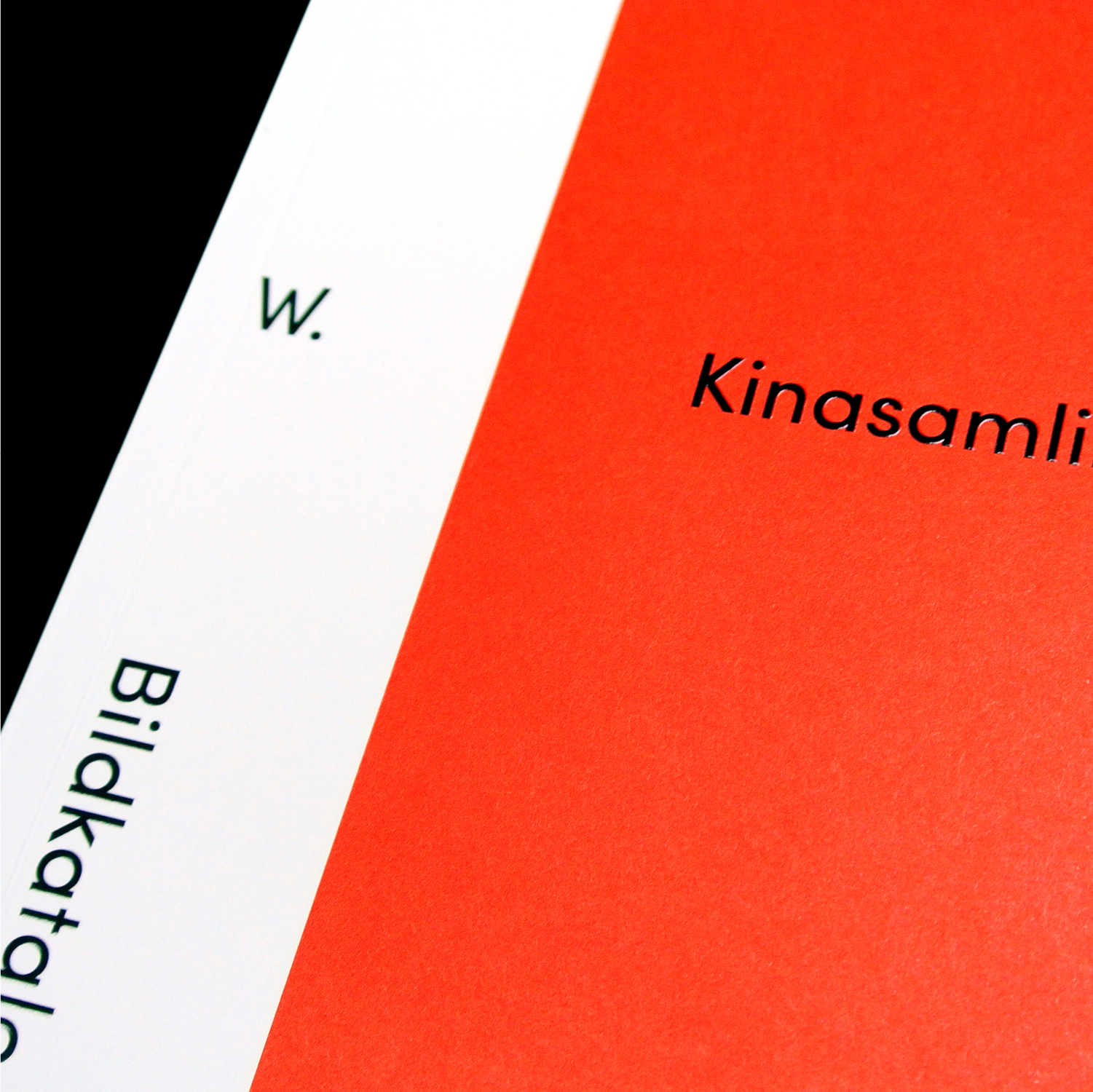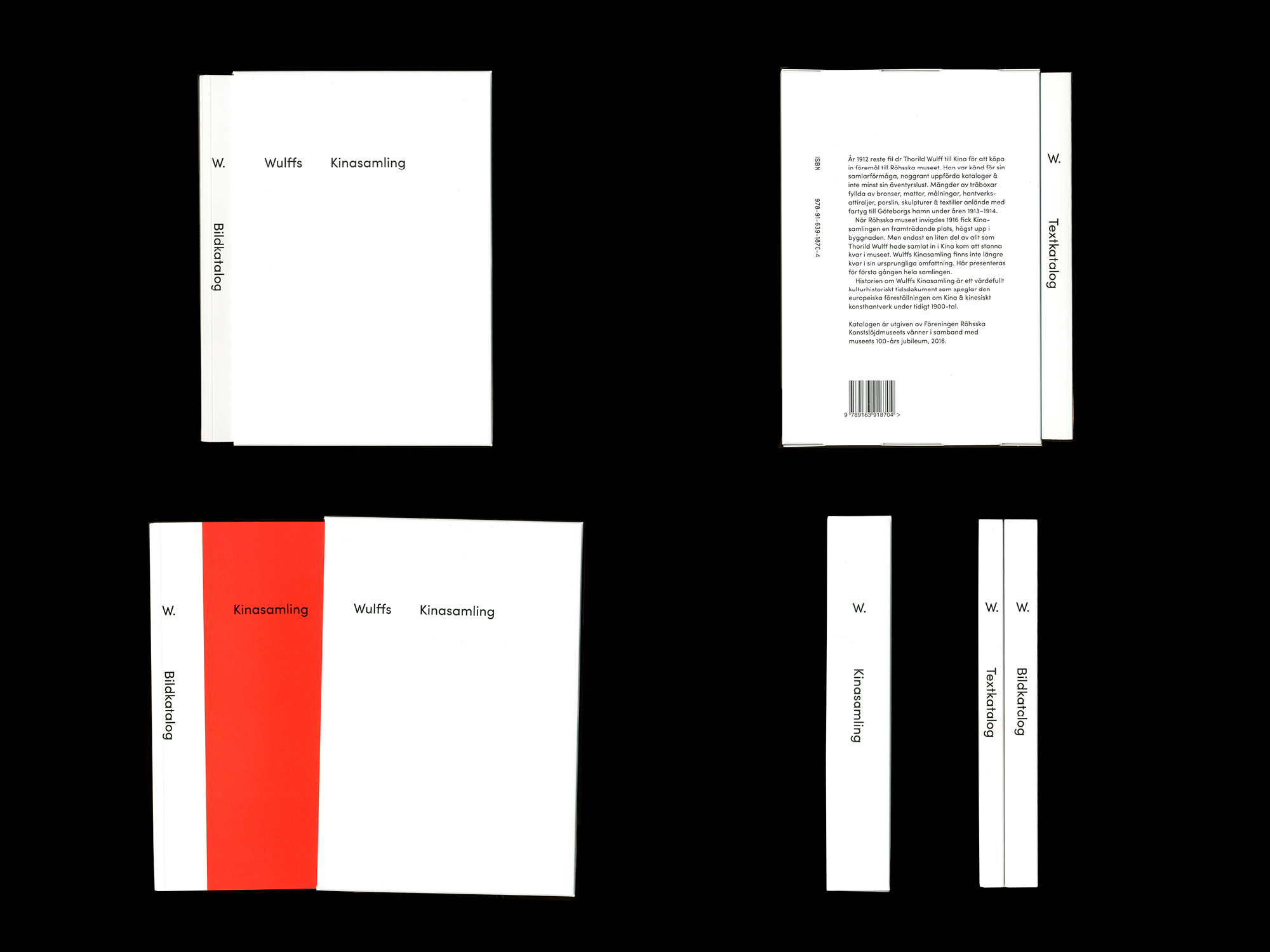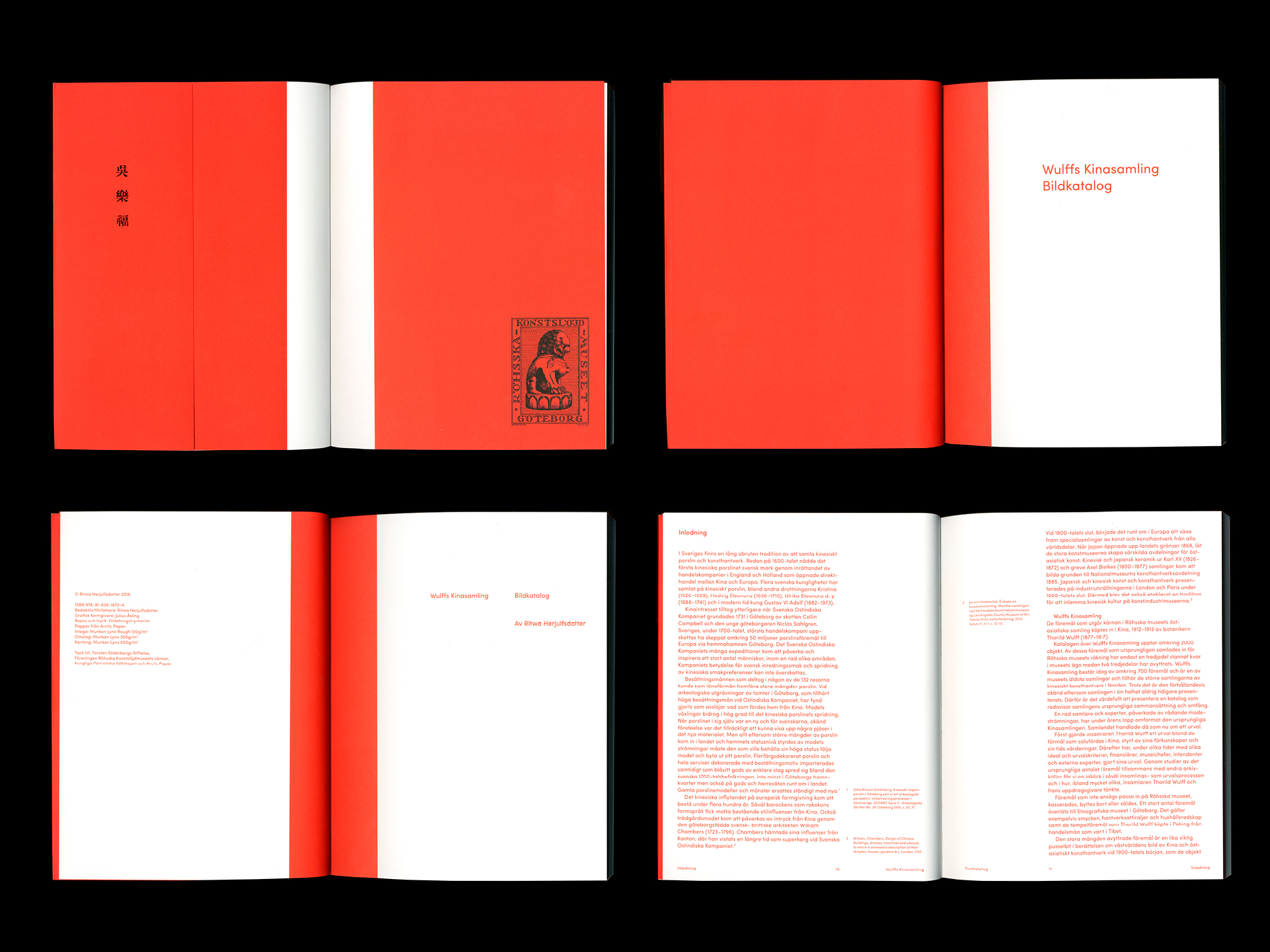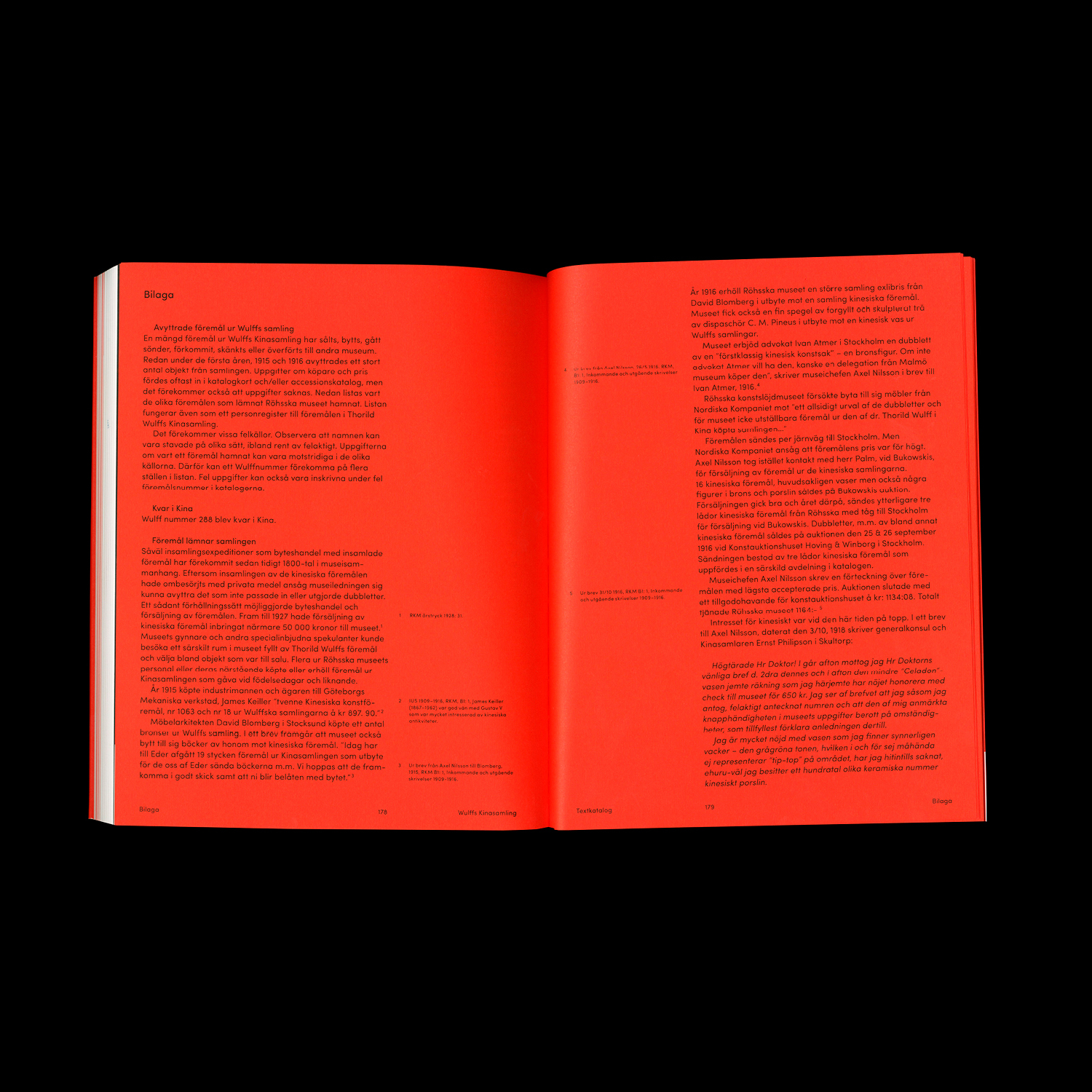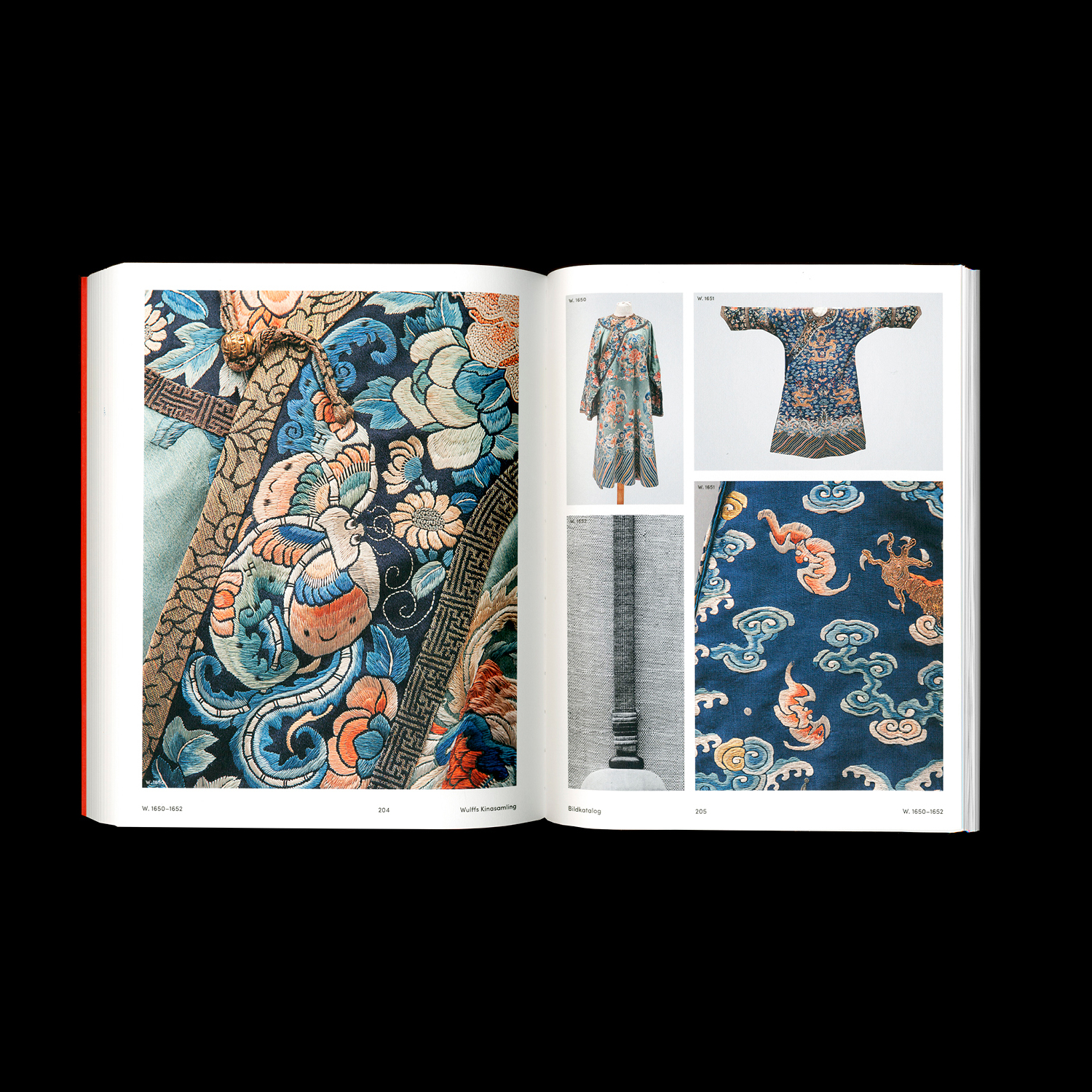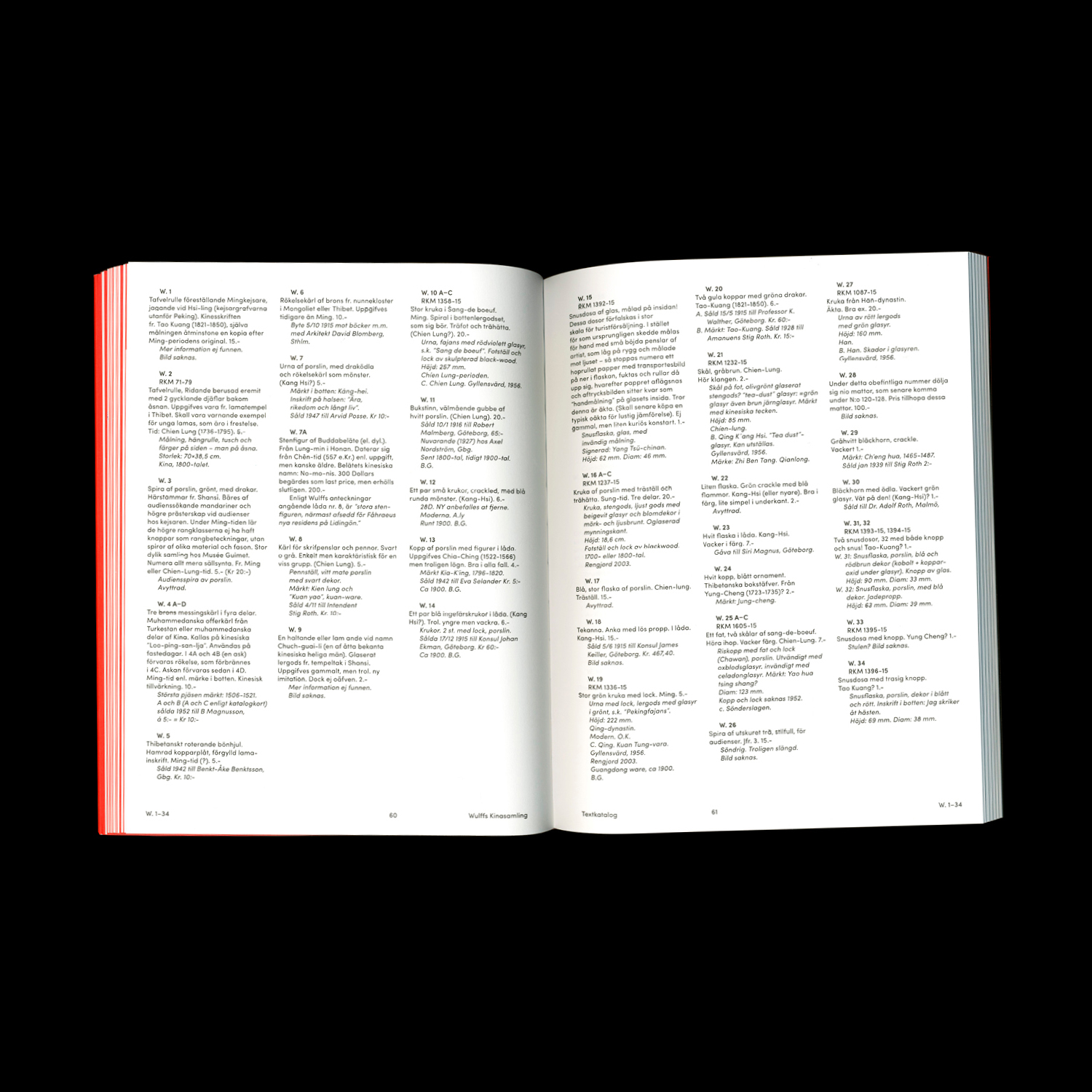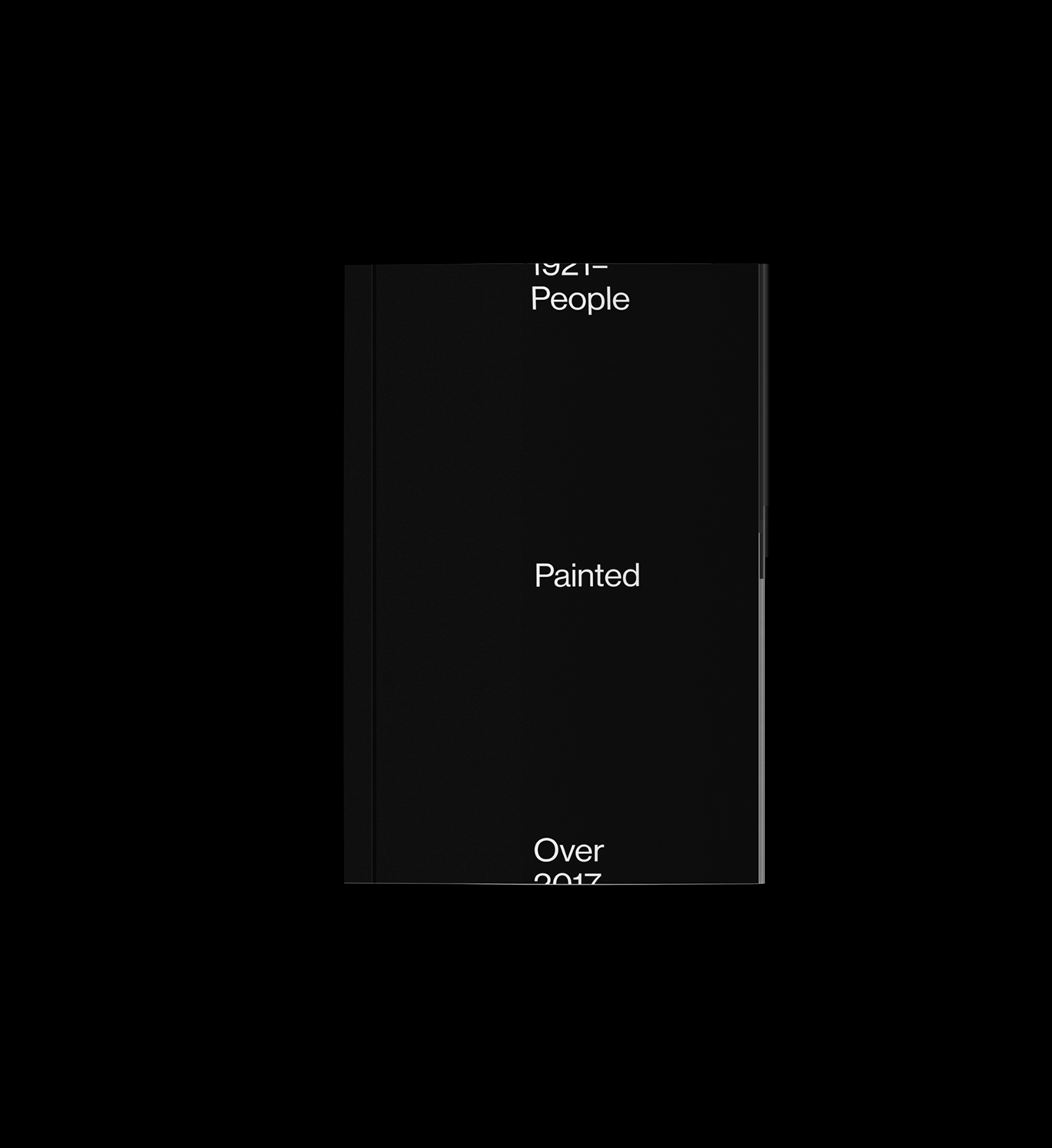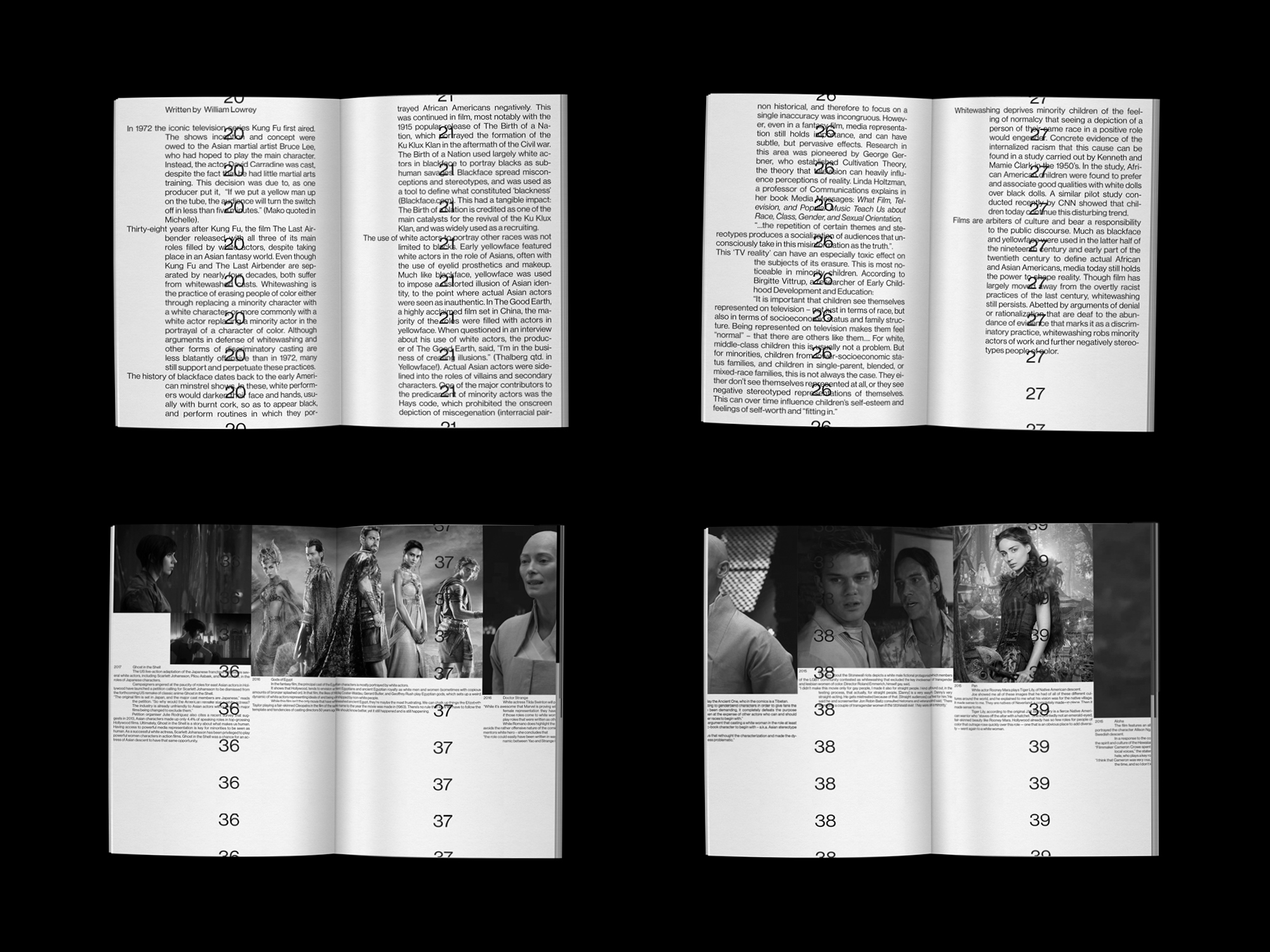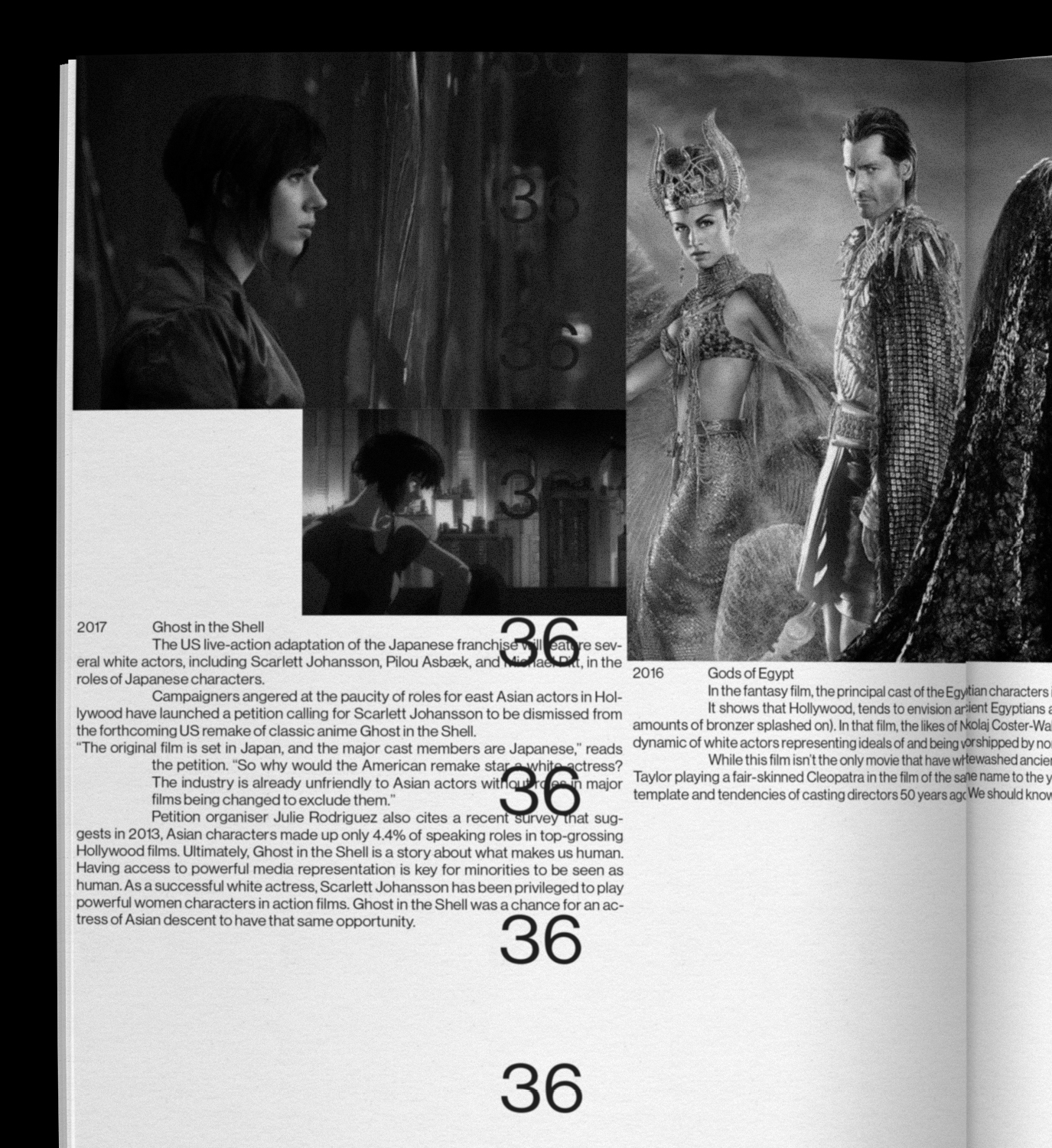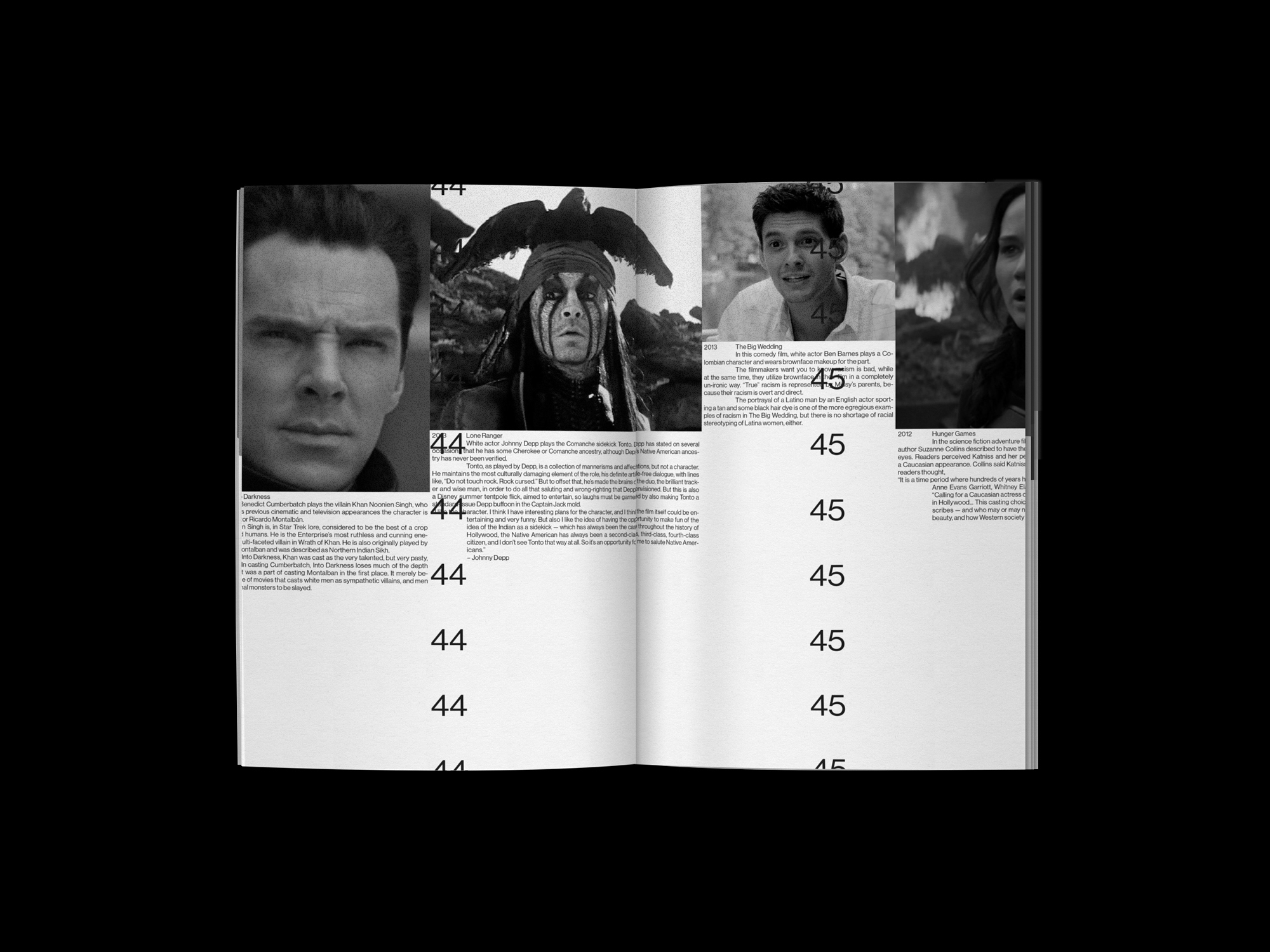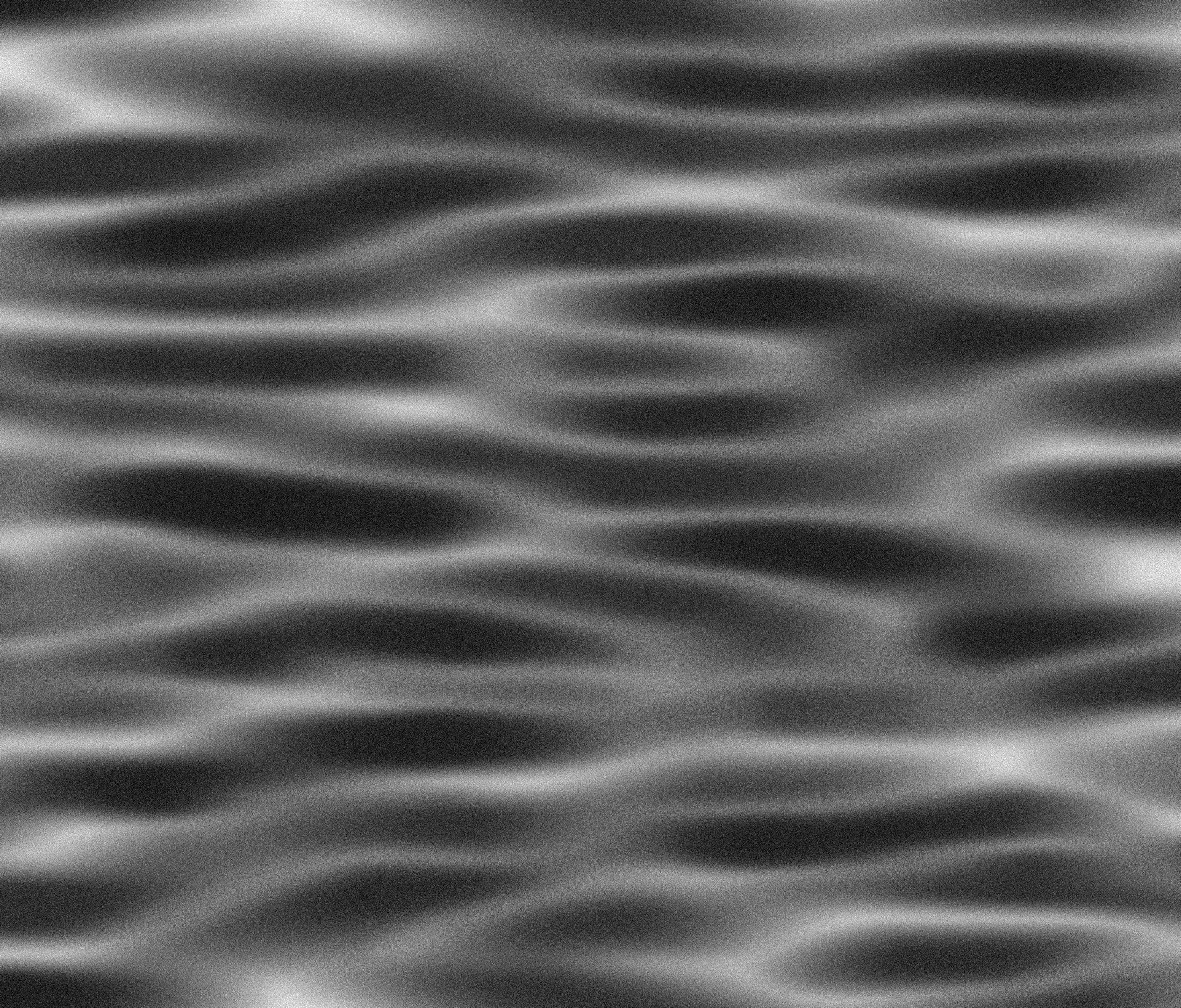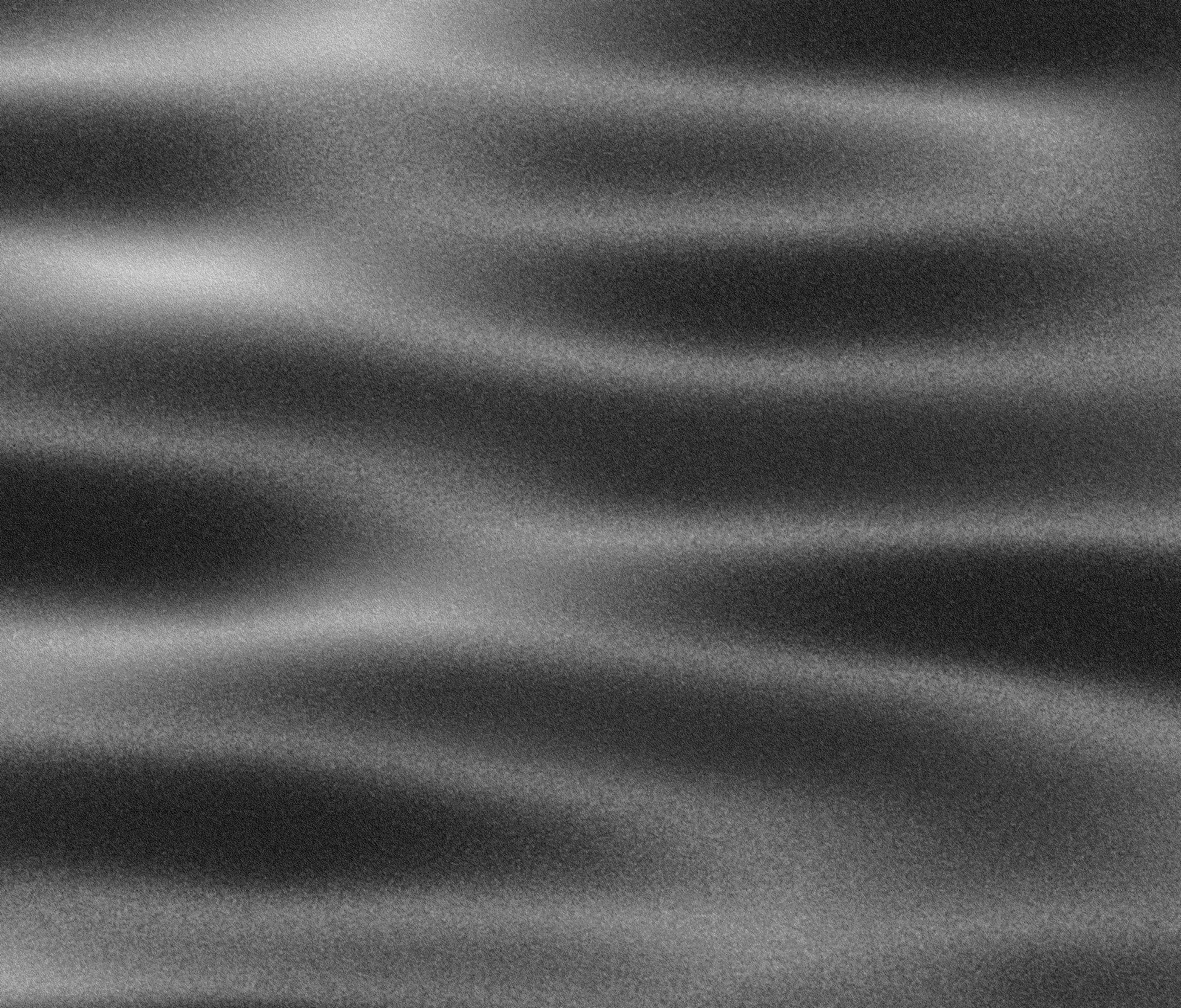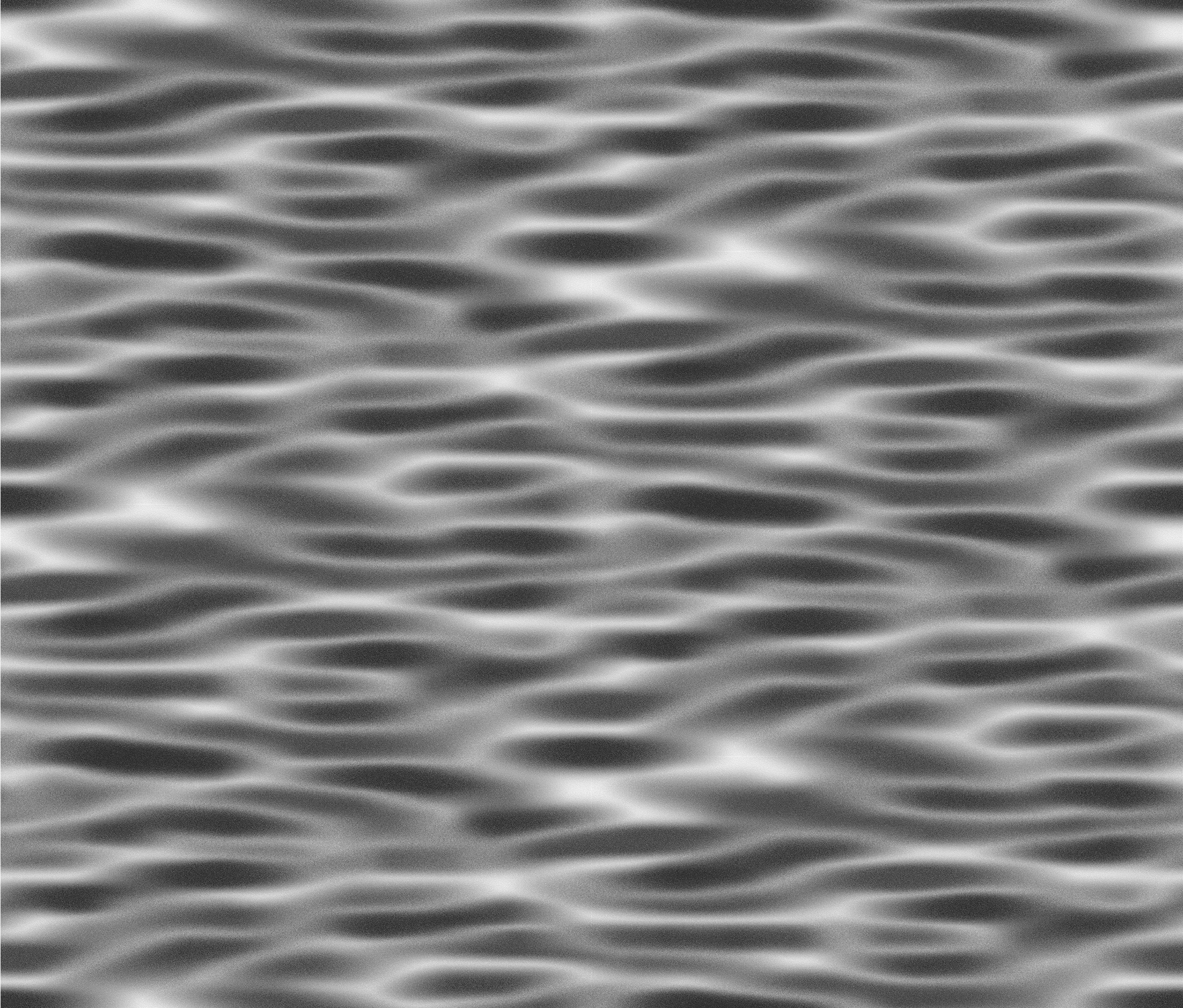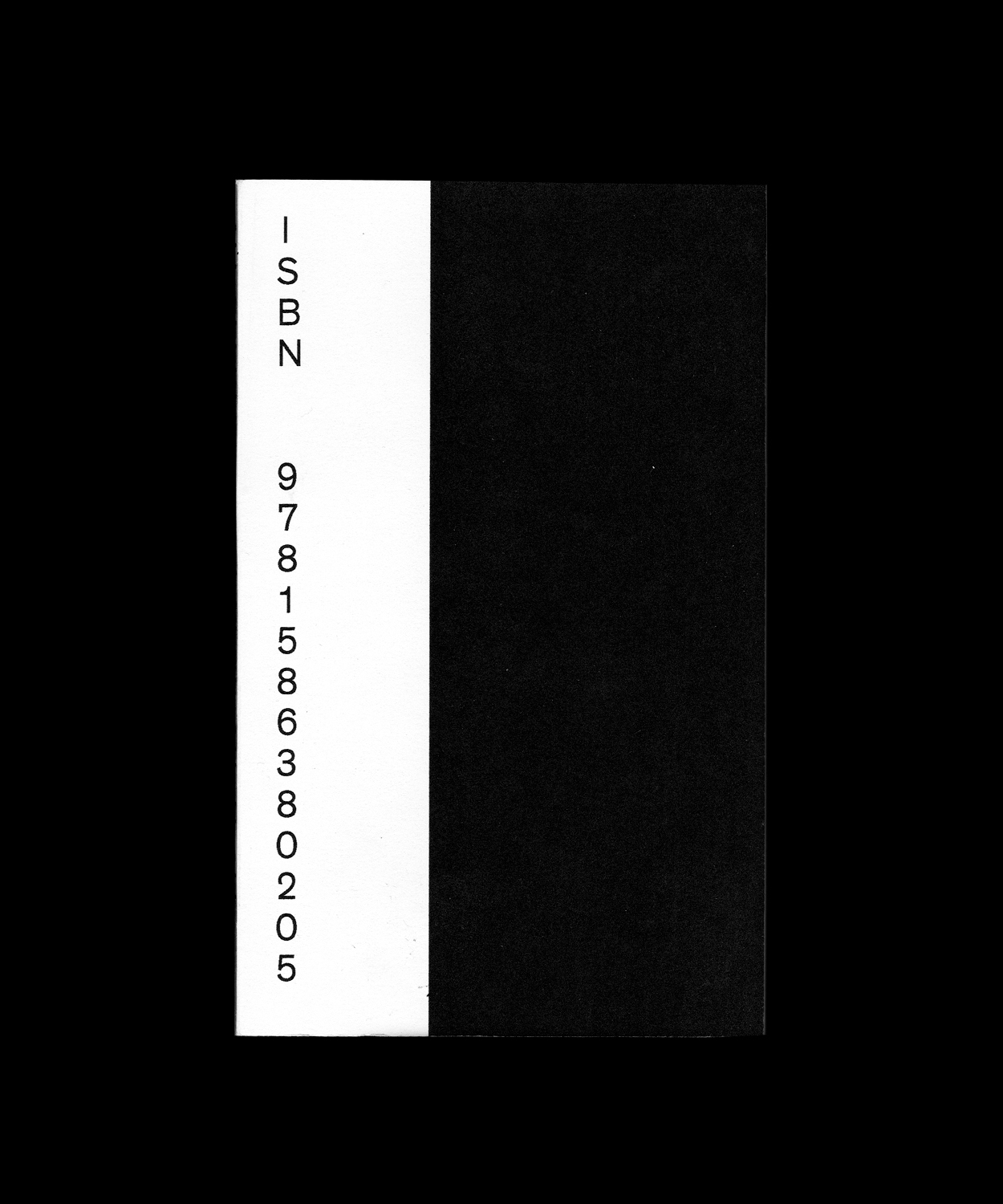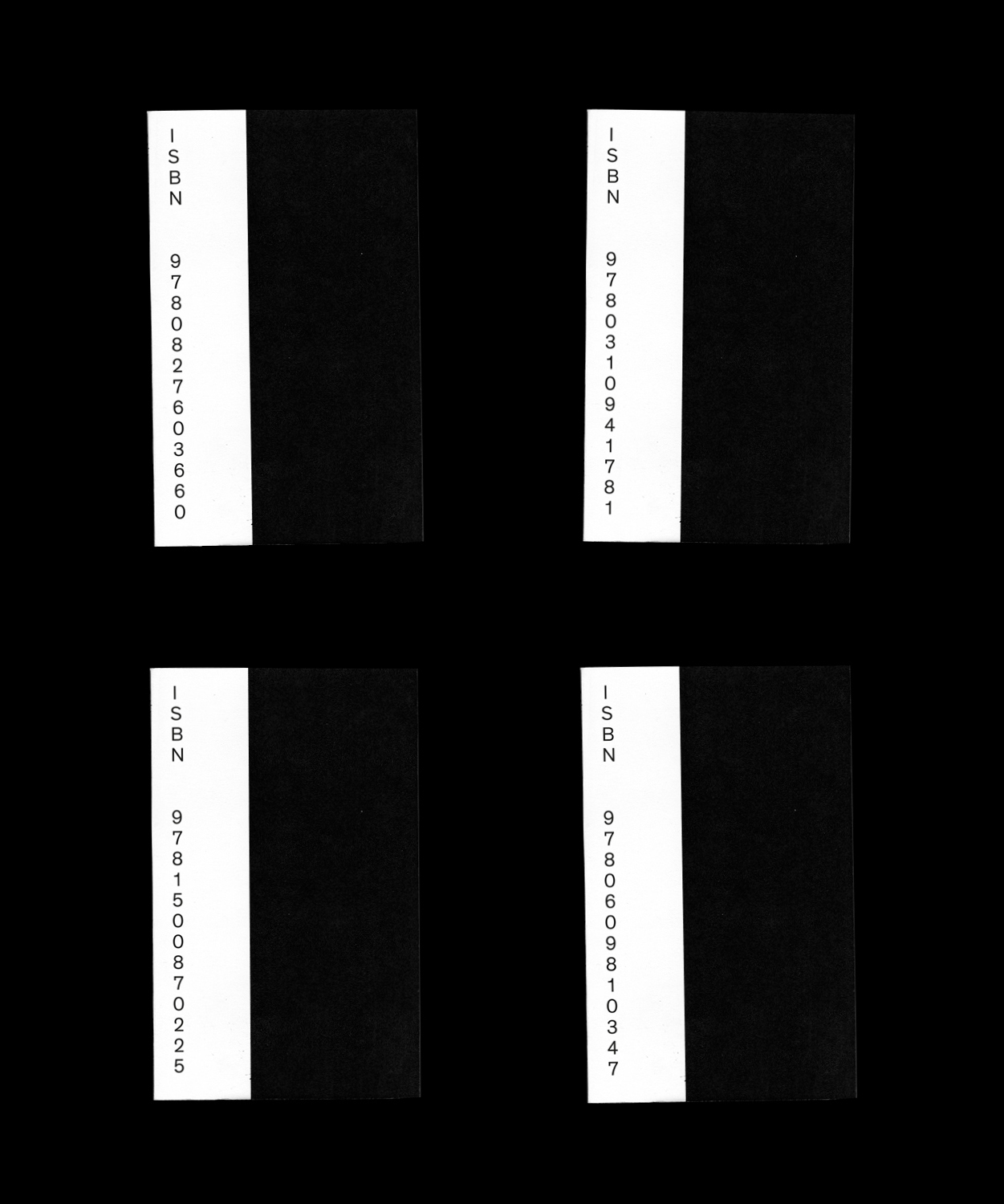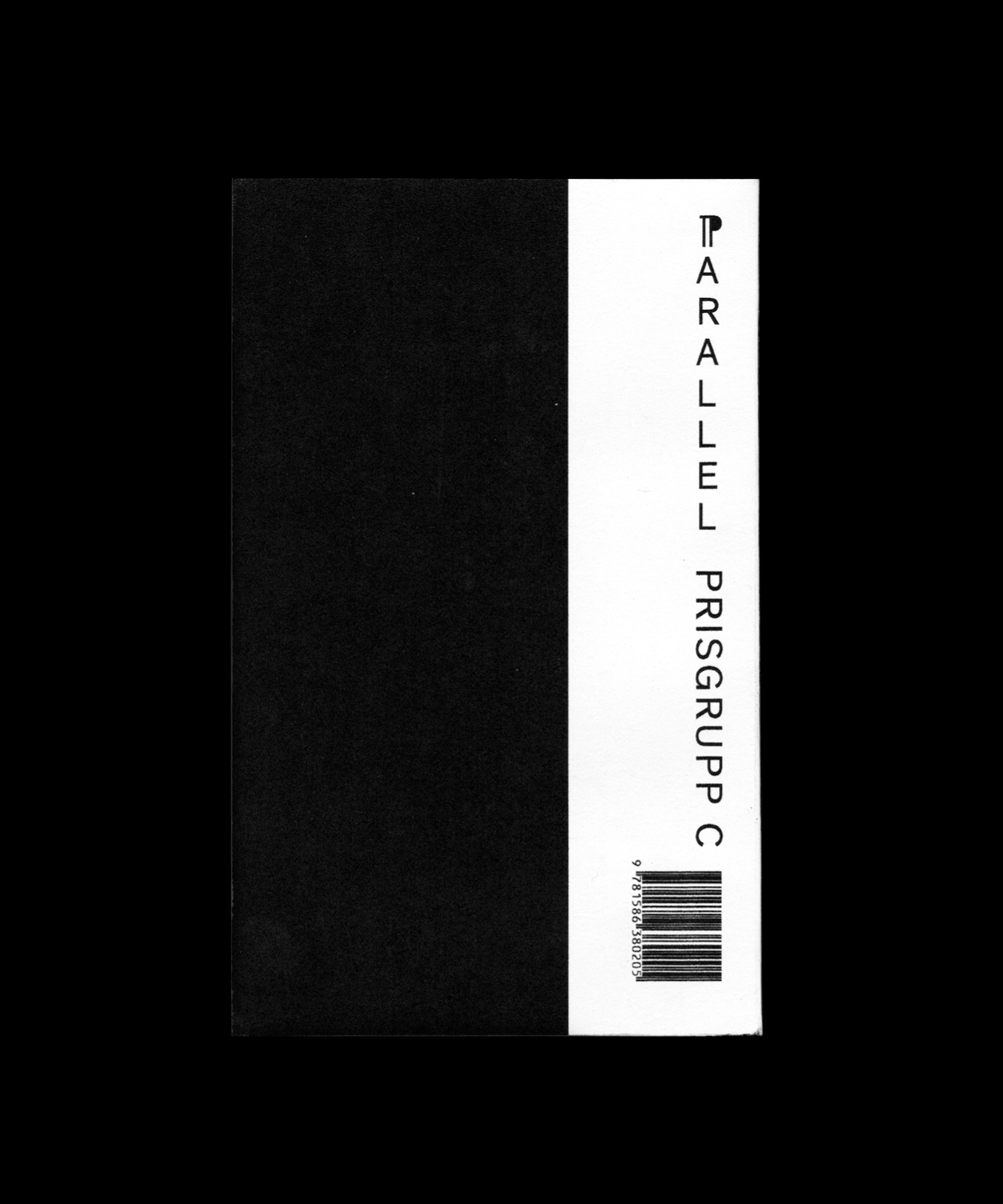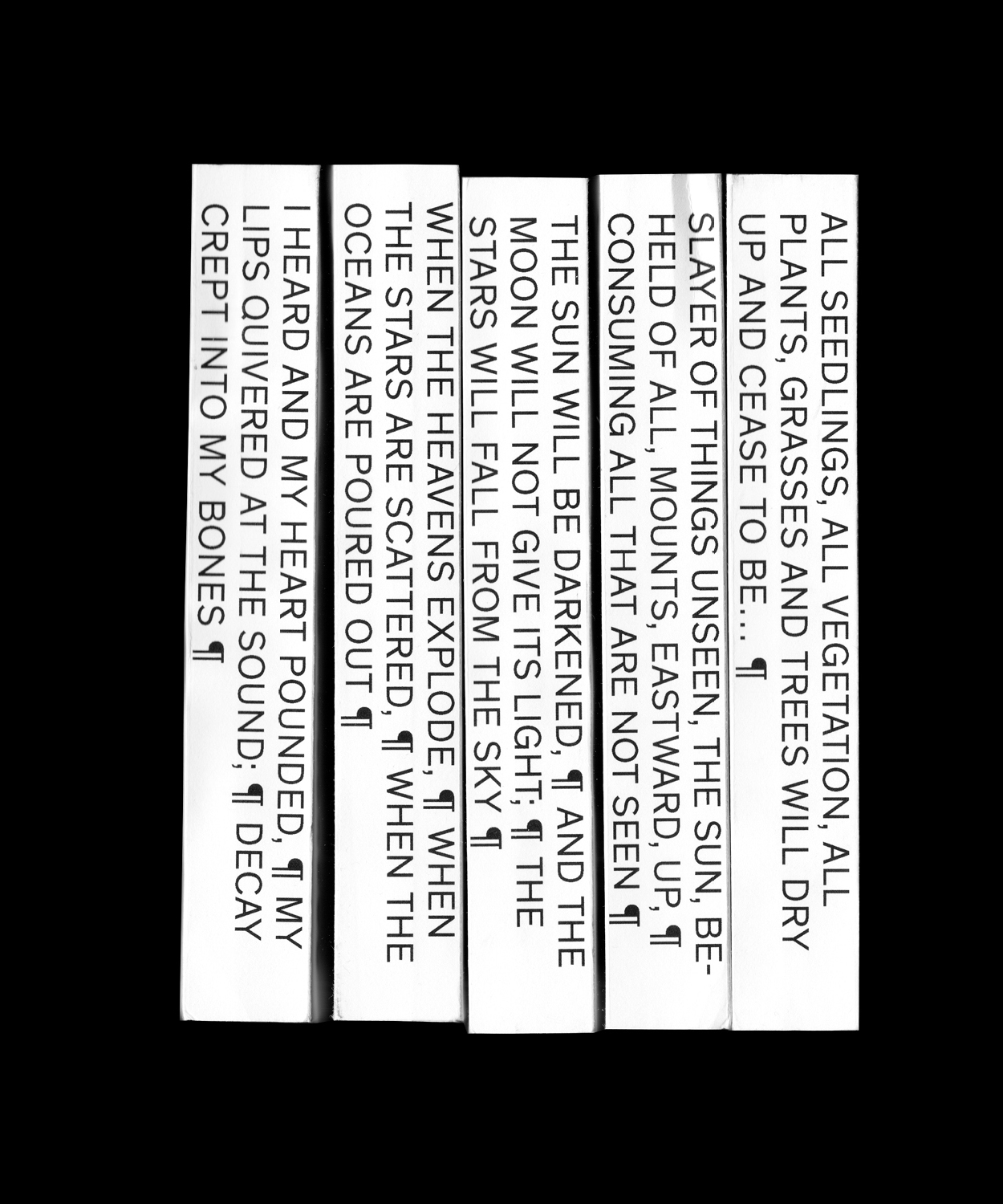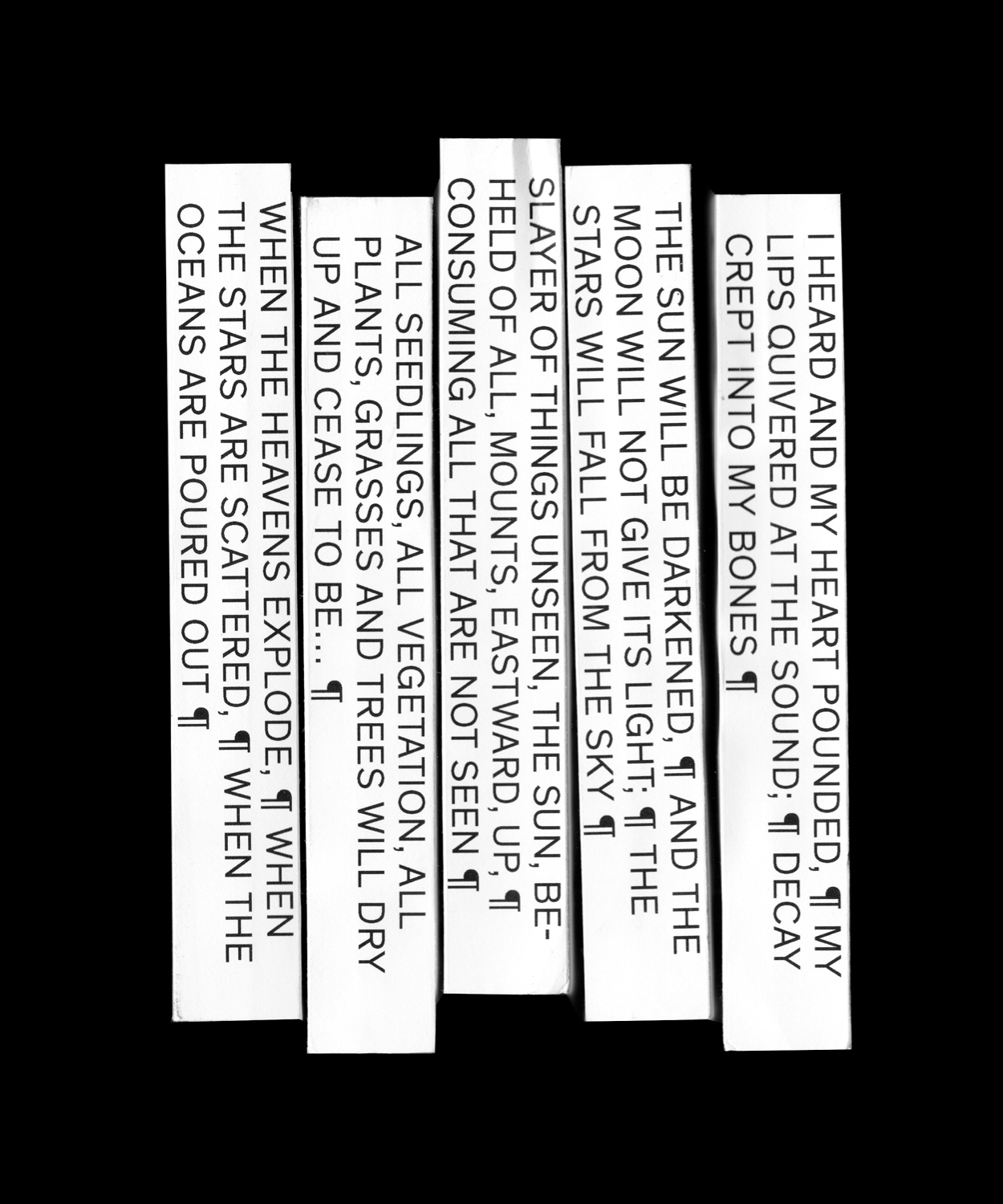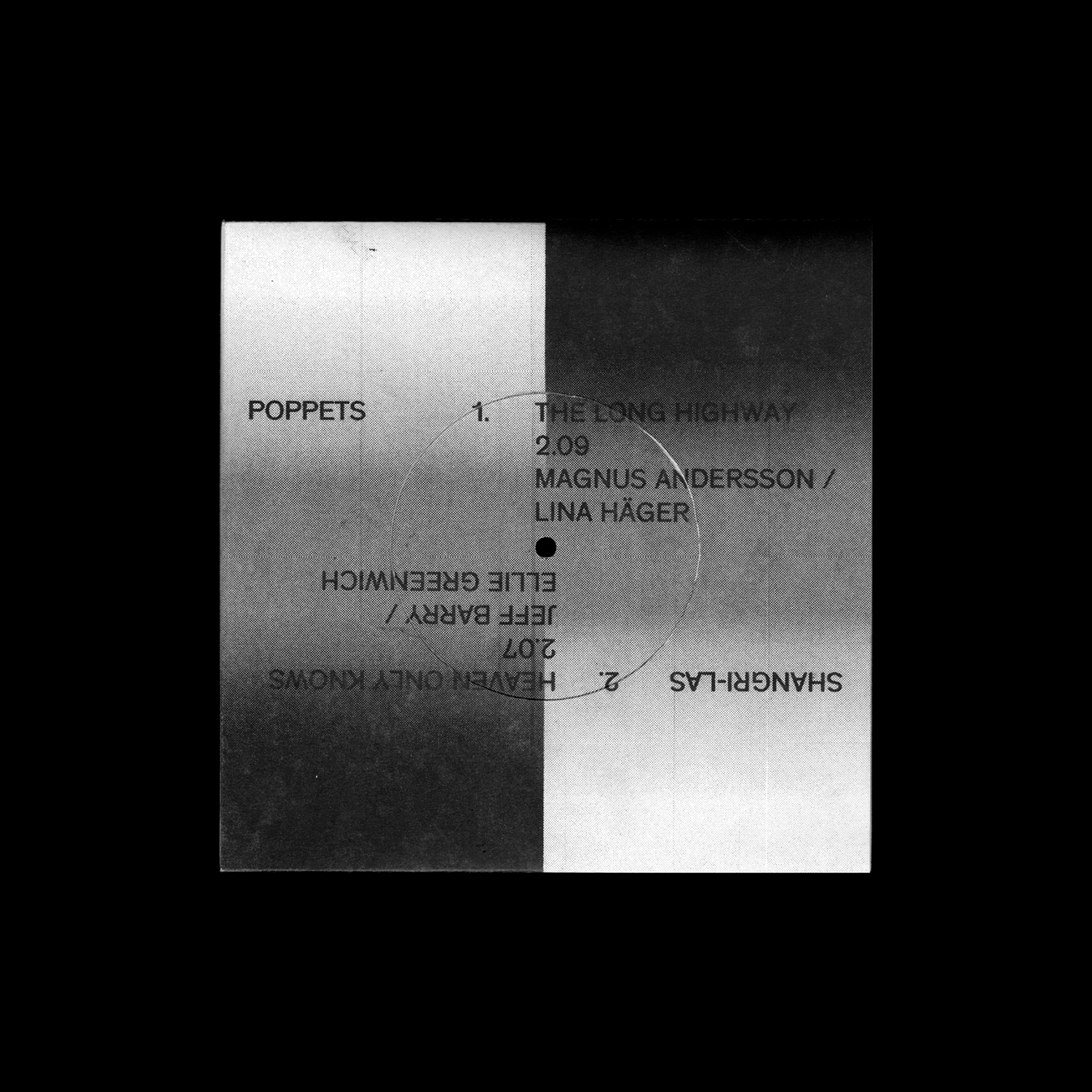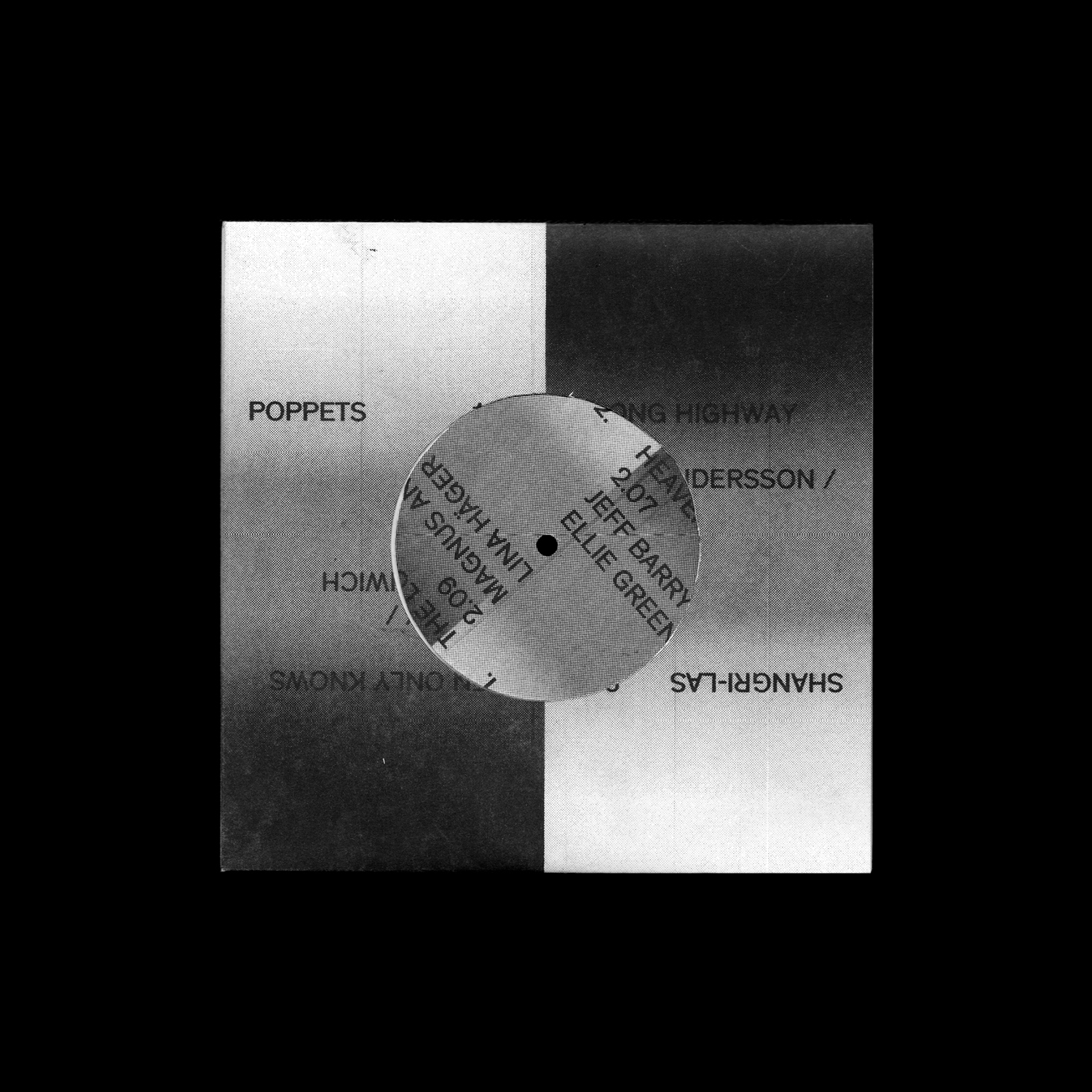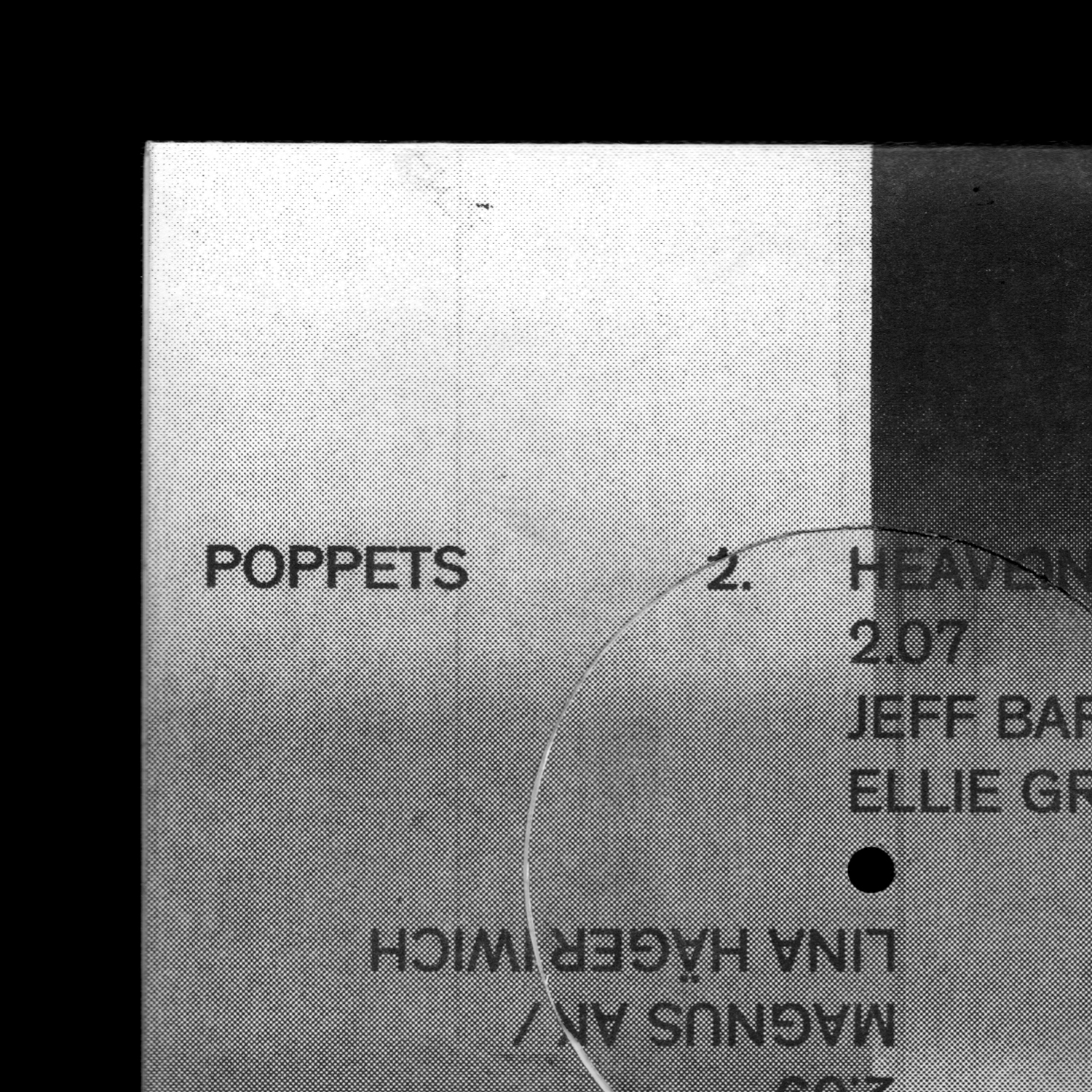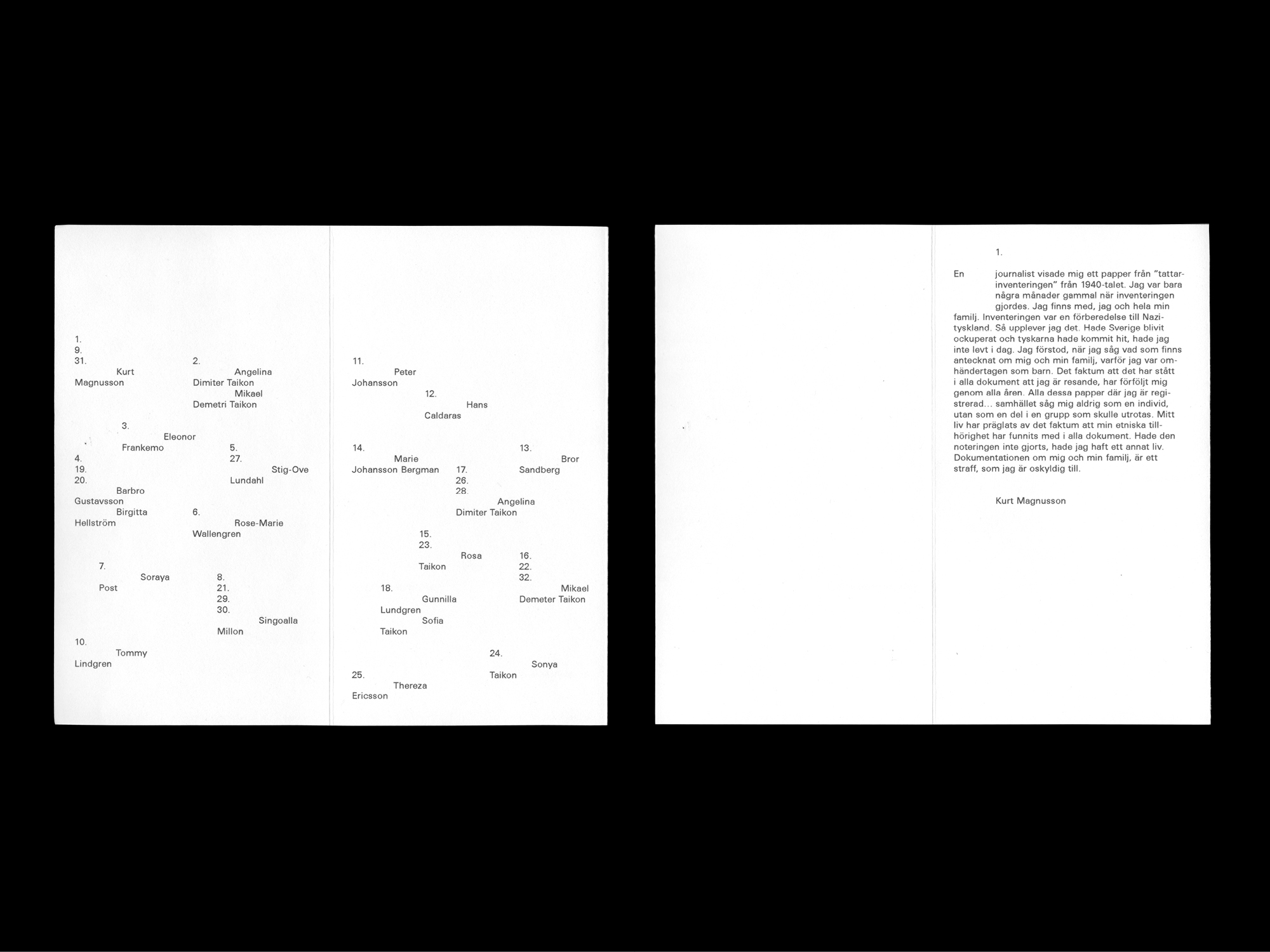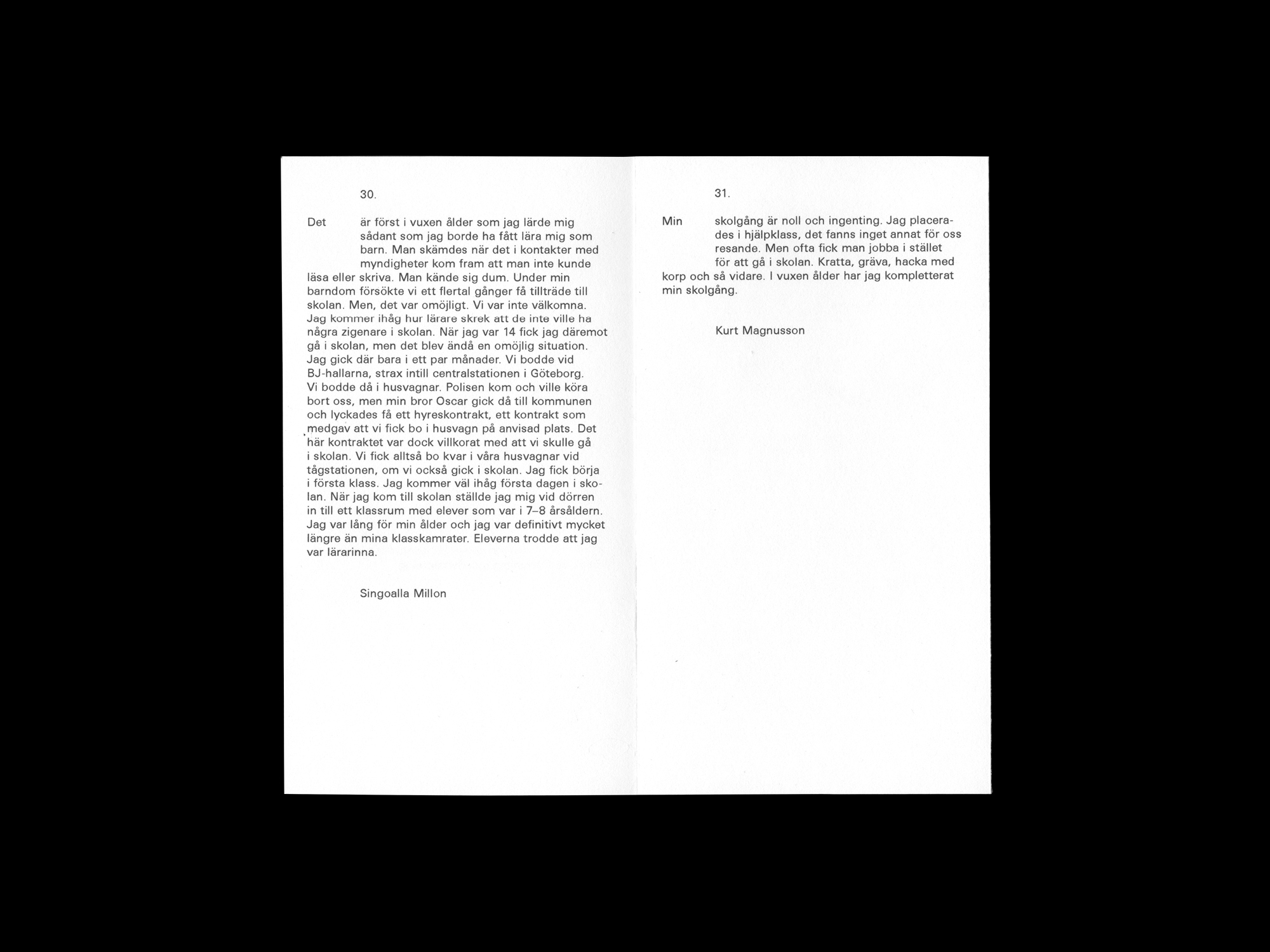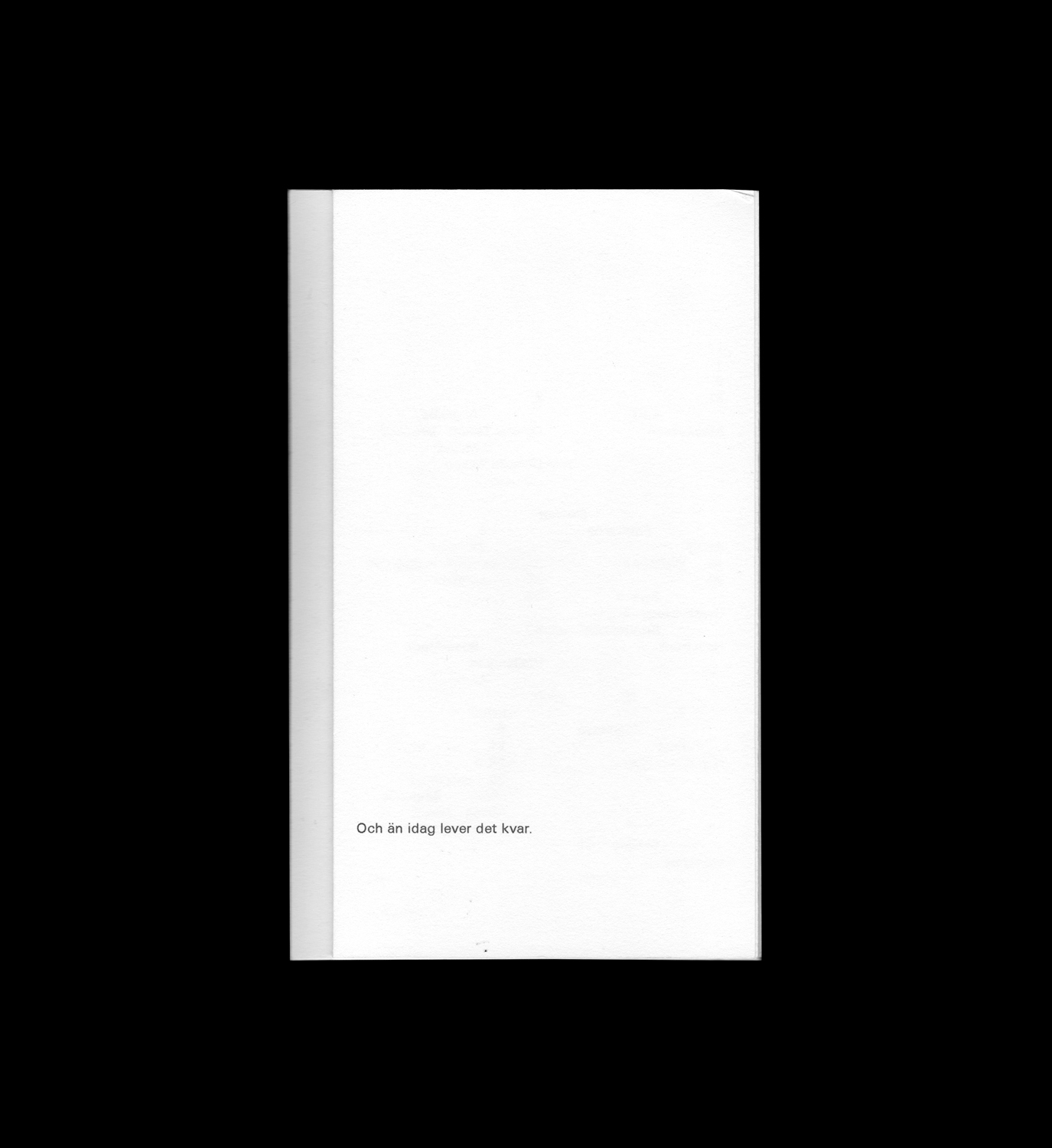The Work of Art in the Age of Mechanical Reproduction by Walter Benjamin
Walther Benjamin’s essay ’The Work of Art in the Age of Mechanical Reproduction’ writes: “the authenticity of a thing is the essence of all that is transmissible from its beginning, ranging from its substantive duration to its testimony to the history which it has experienced”. Benjamin acknowledges the reality of artistic reproduction throughout history, although he suggests that mechanical reproduction introduced an entirely new and revolutionary change in the experience of the artwork. With mechanical reproduction, which appears in its most radical forms in film and photography, millions of images of an original are circulated, all of which lack the “authentic” aura of their source.
Through this notion the project circulated around the title of the book, set in the published three languages, continually degrading through each spread by printing and scanning with 99% resizing each time, continuing and questioning the aura of the mechanical reproduction in the digital world where the digital and analogue reproduction continues and cancelling each others authenticity. In that sense you can see the degradiation throughout the book, while the transformation being unnoticeable at first, the contuniation of the degrading title creates awareness of the ’analogue’ reproduction status in todays society.
Publication
School project
230mm × 360mm
88 pages
2017
Digitorial: 22.zhdk.tk
